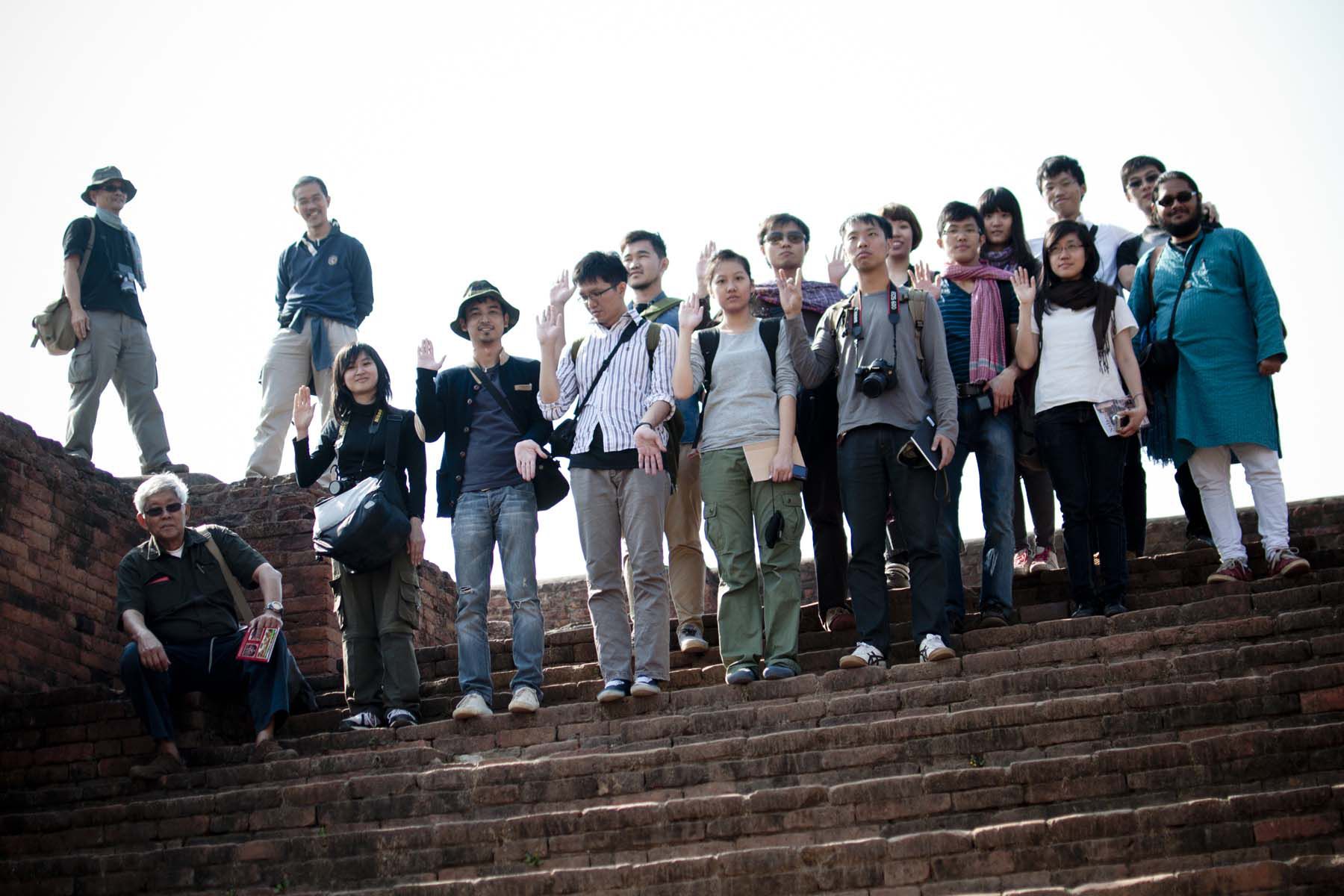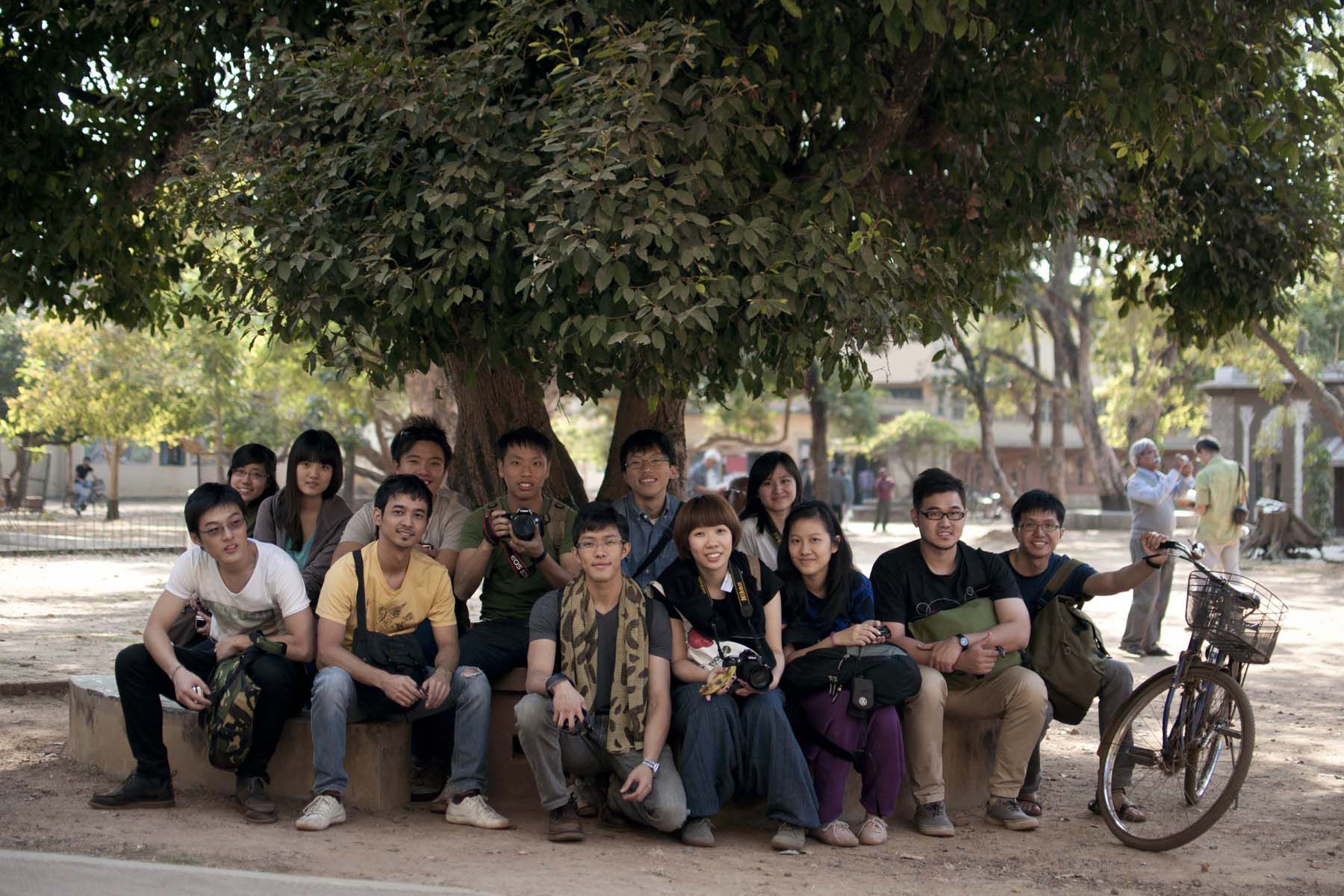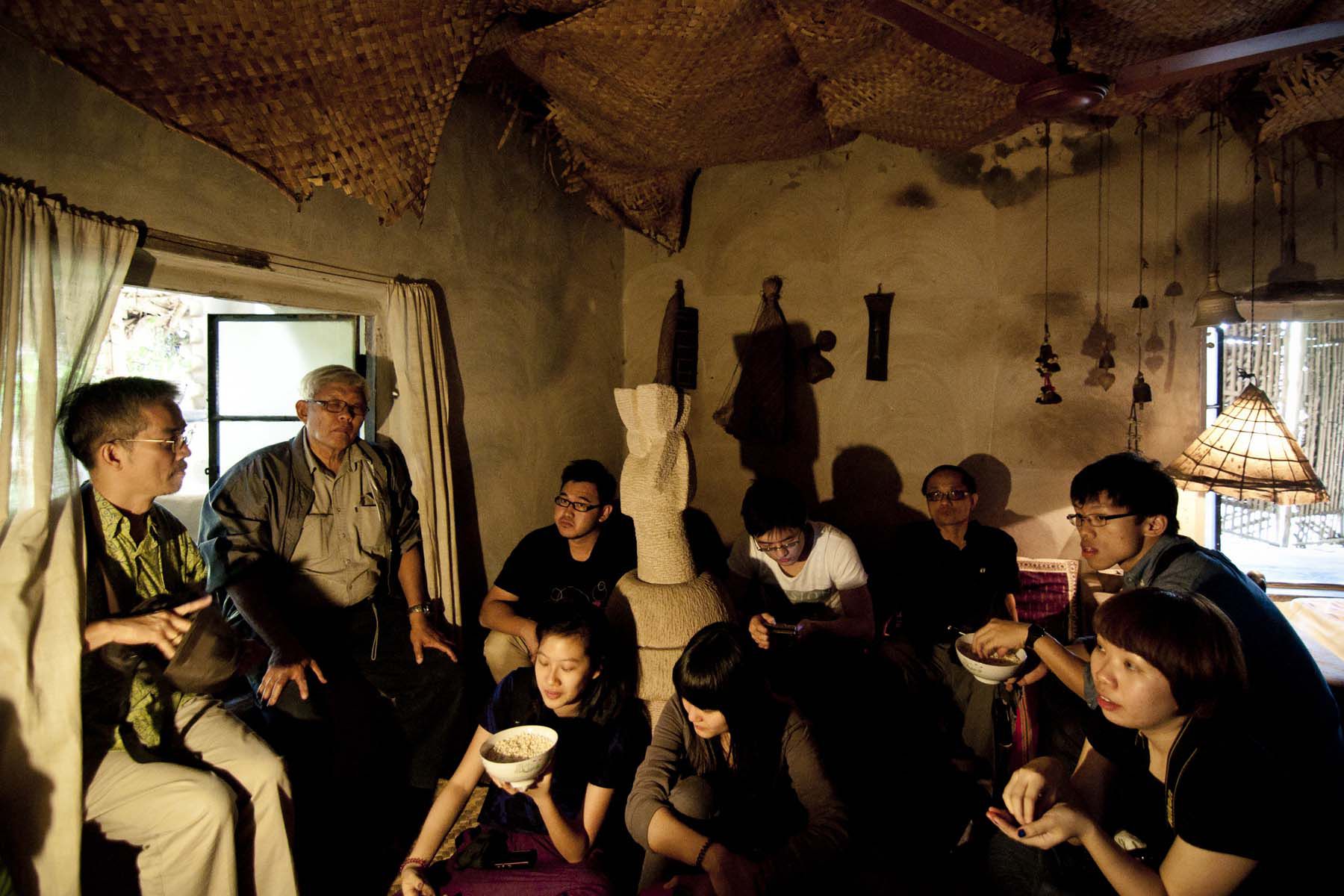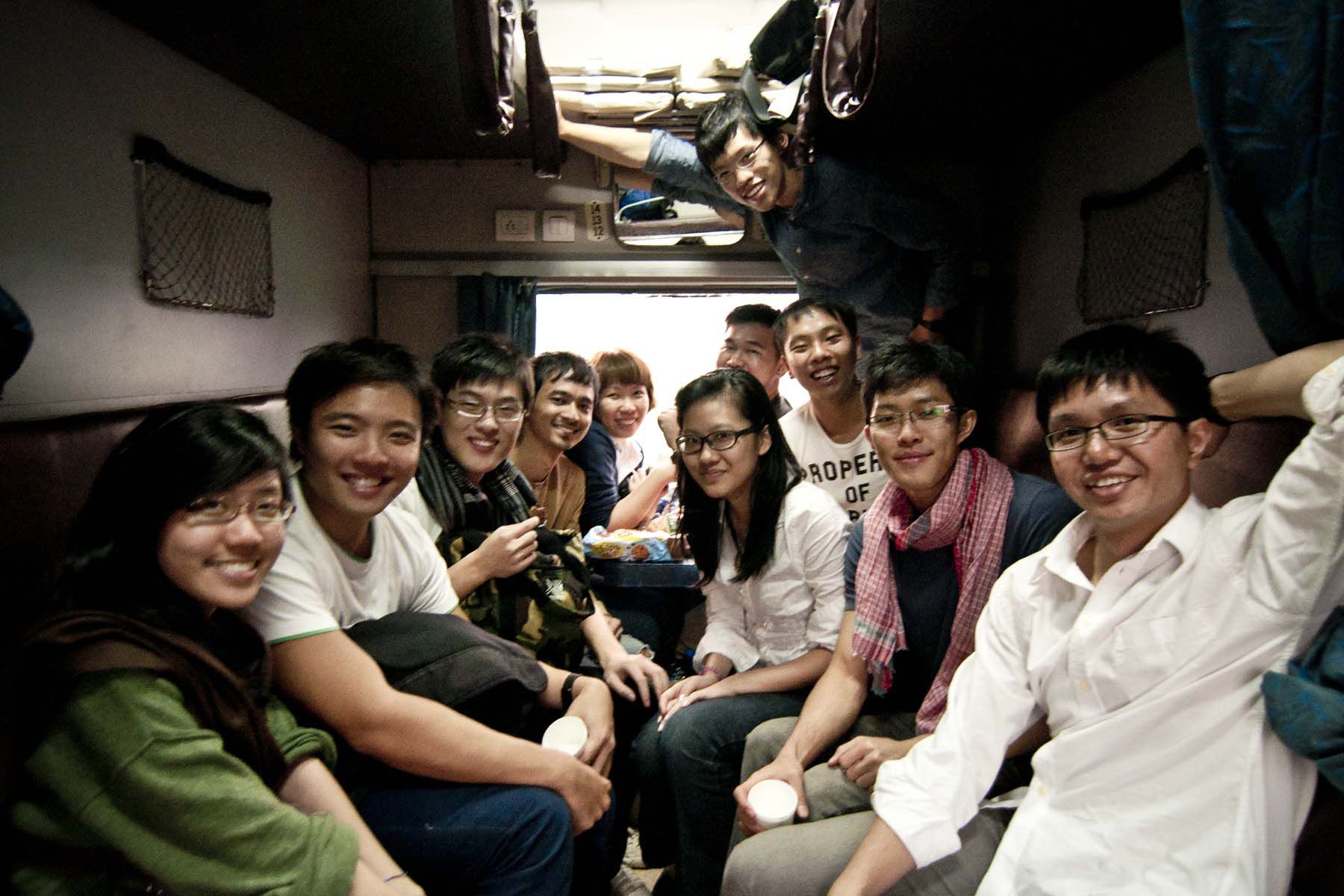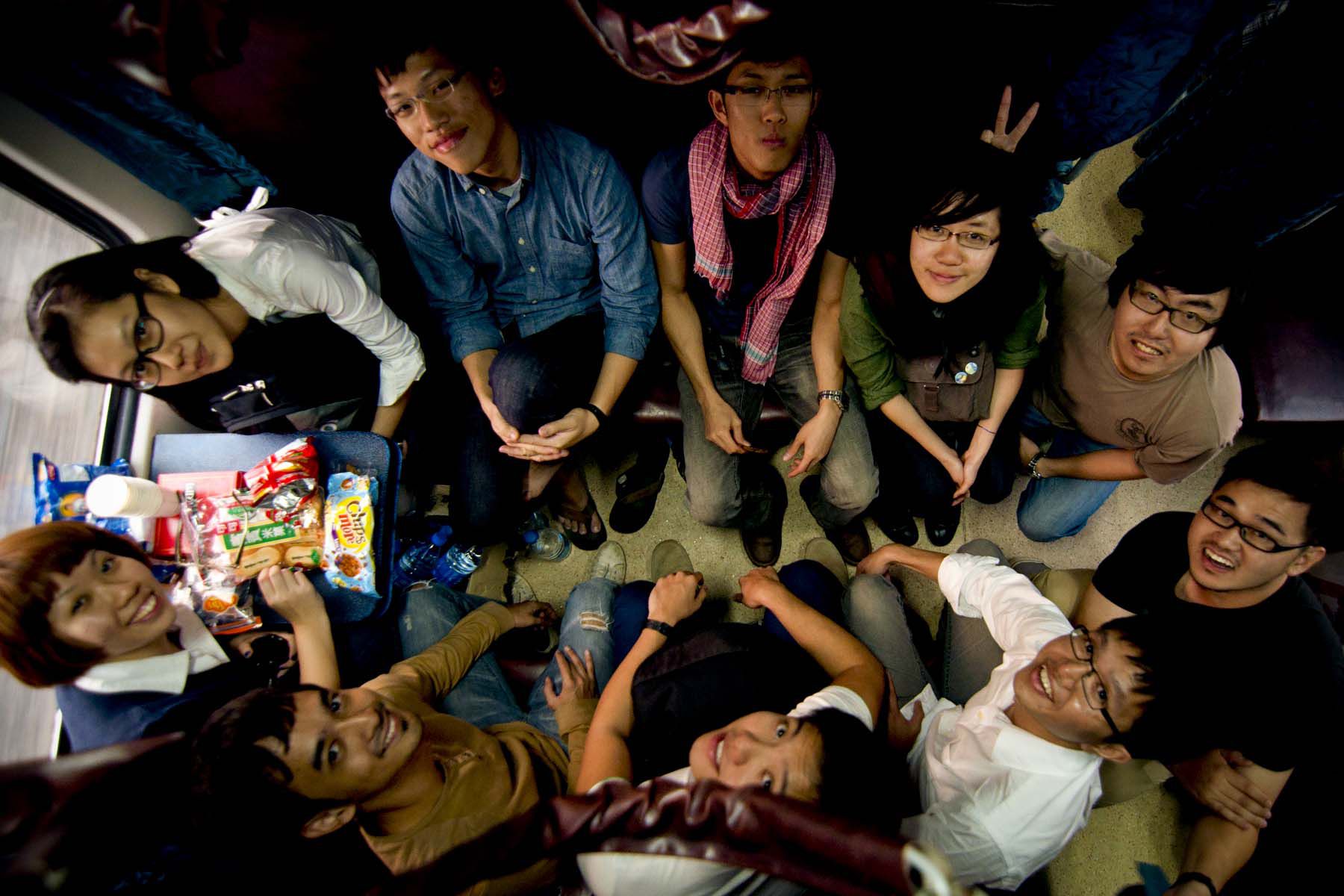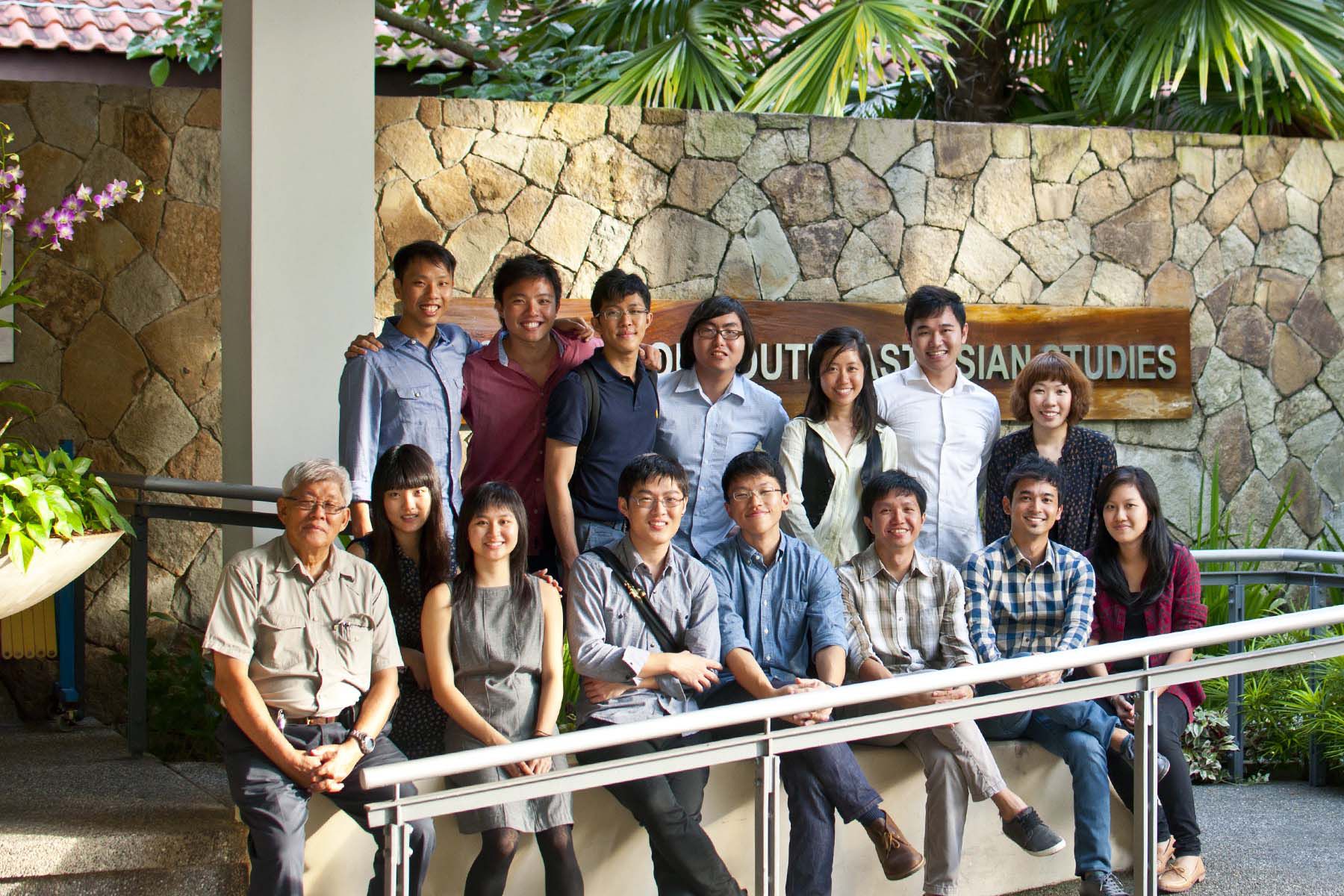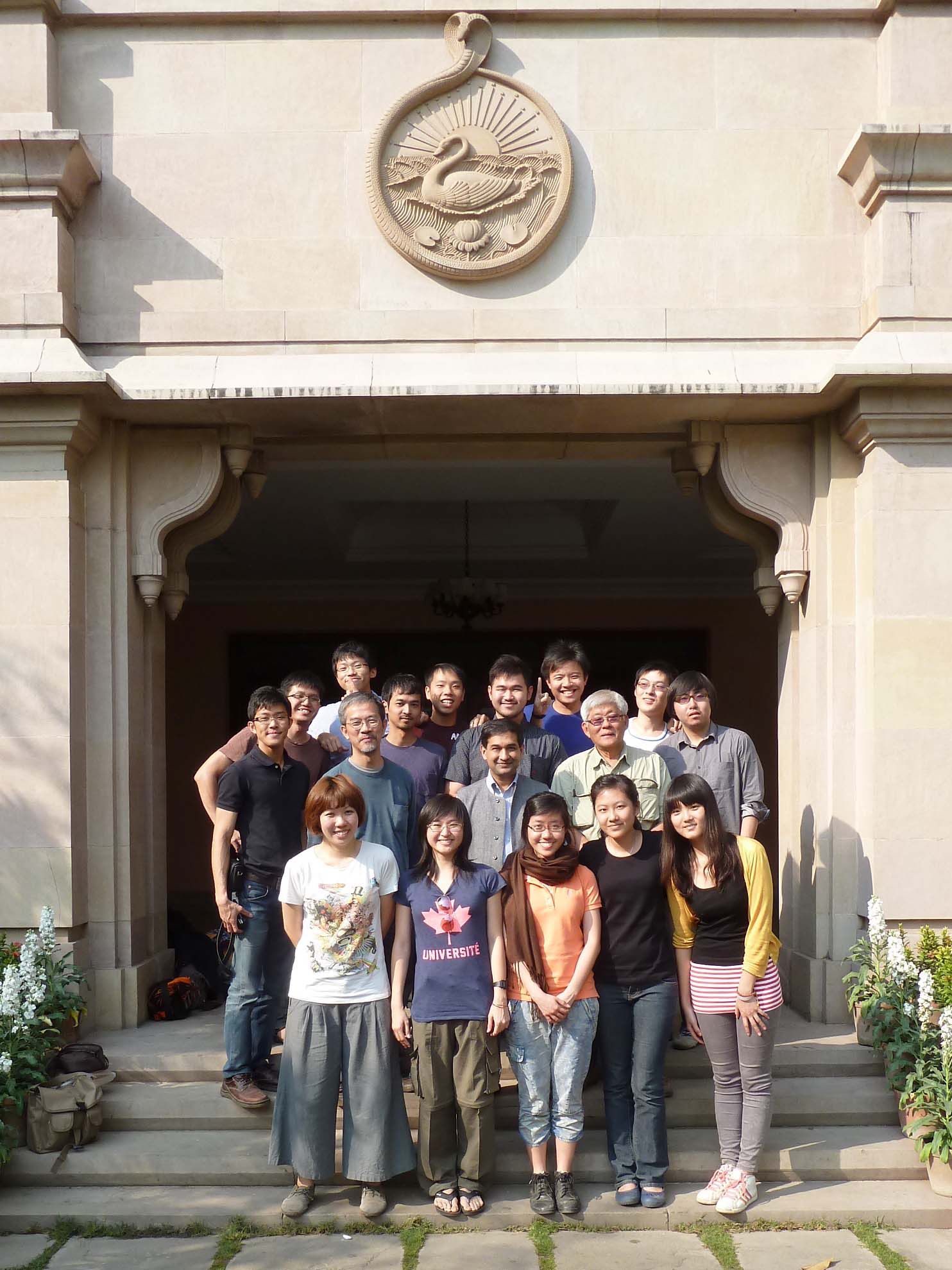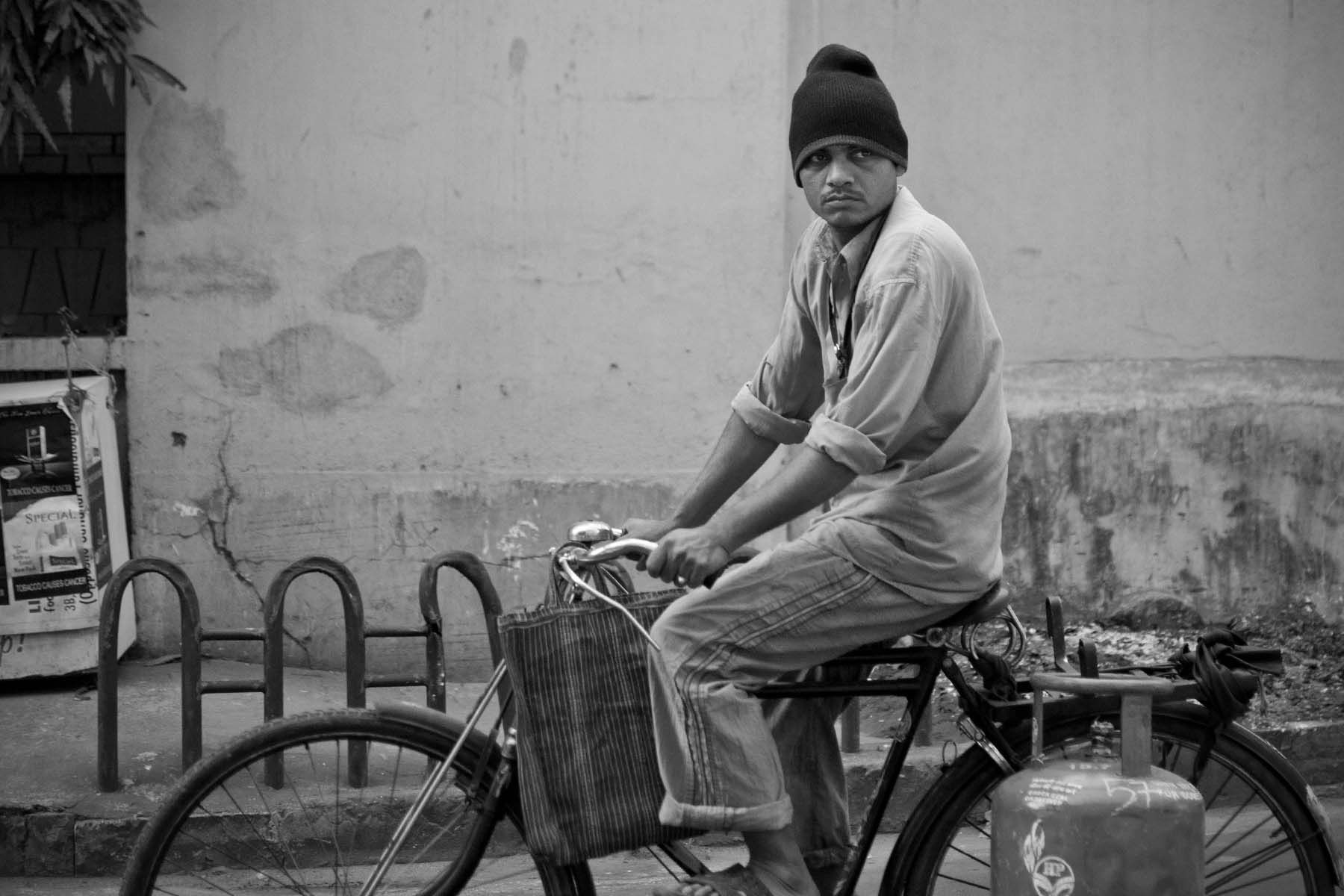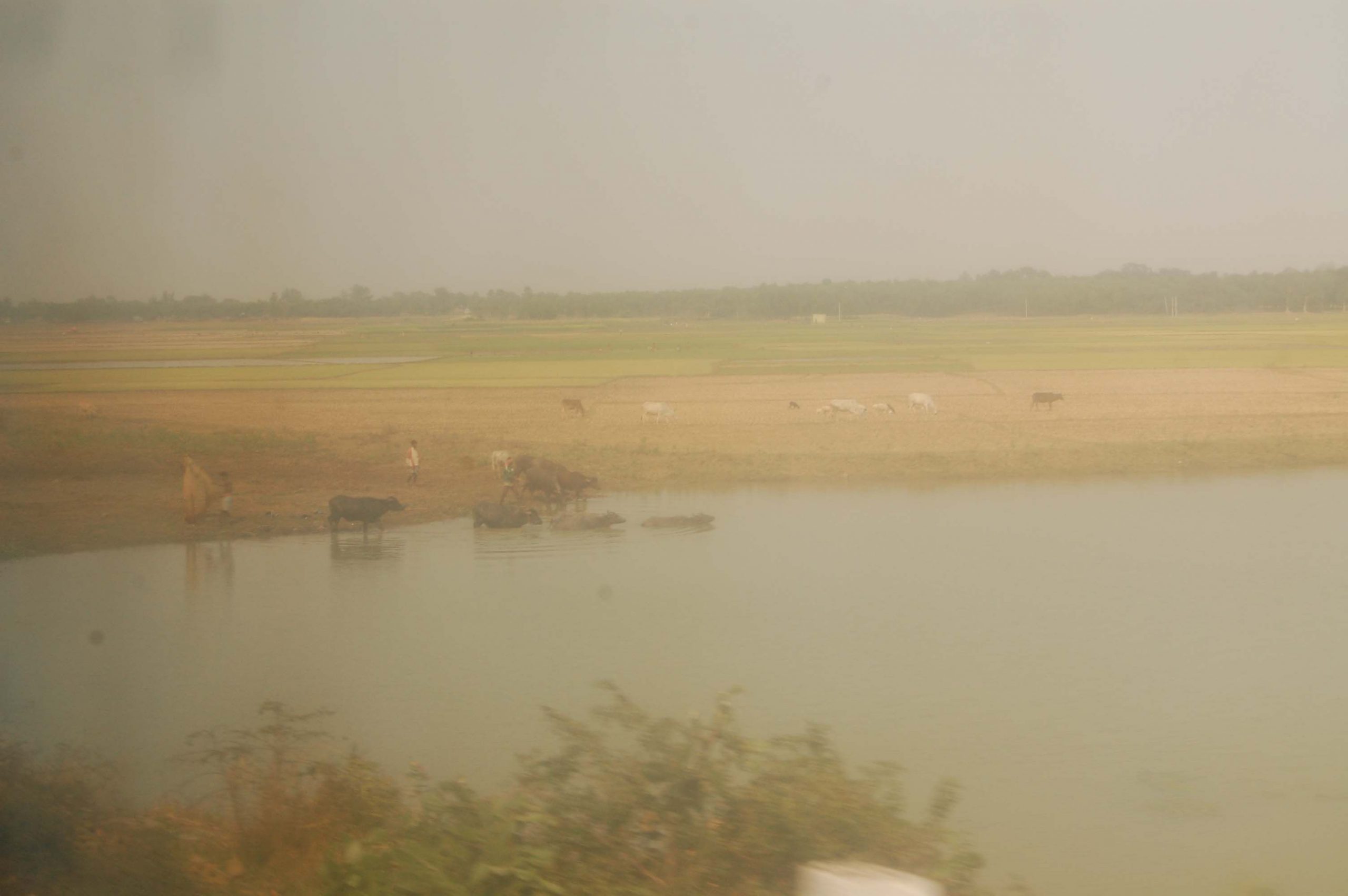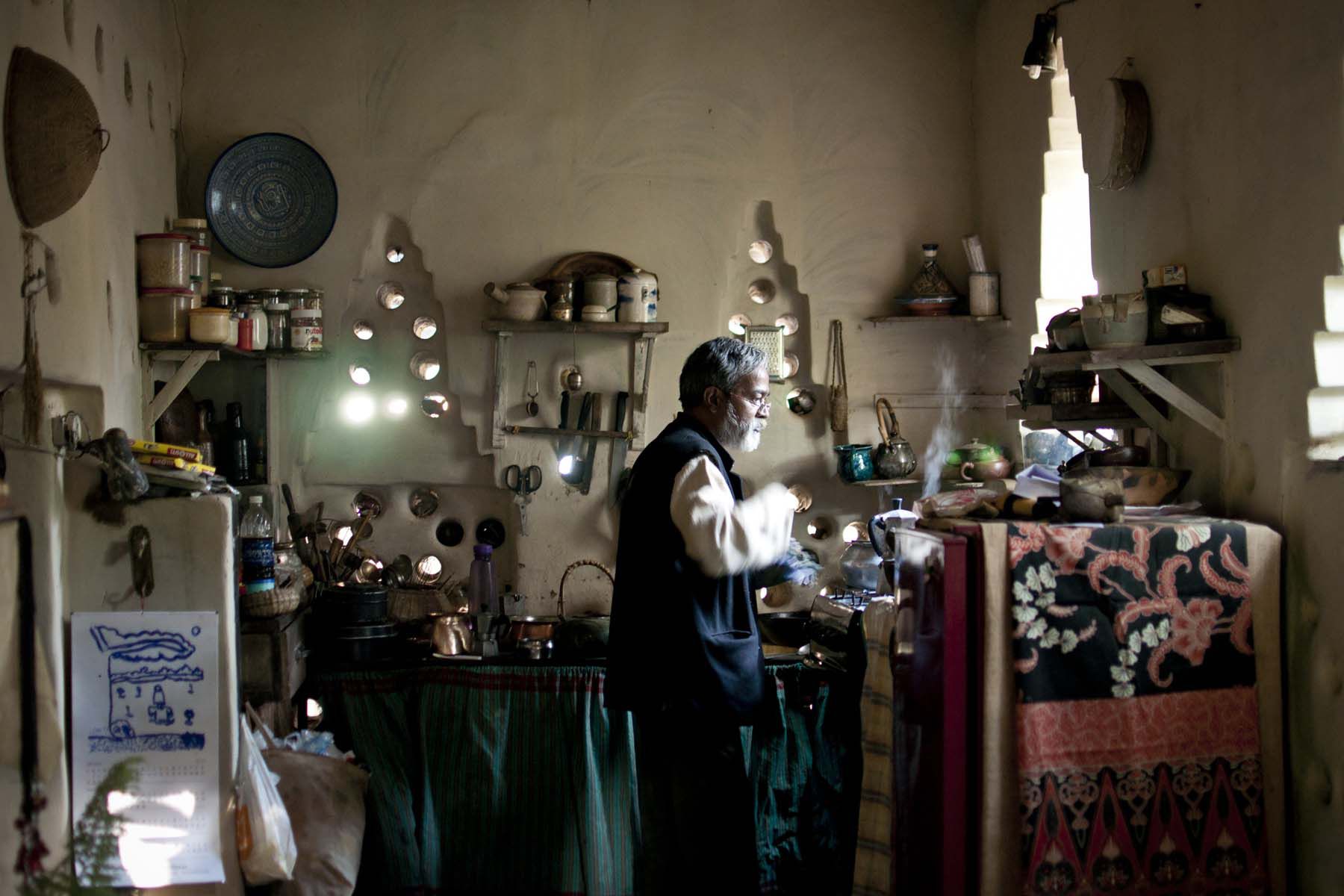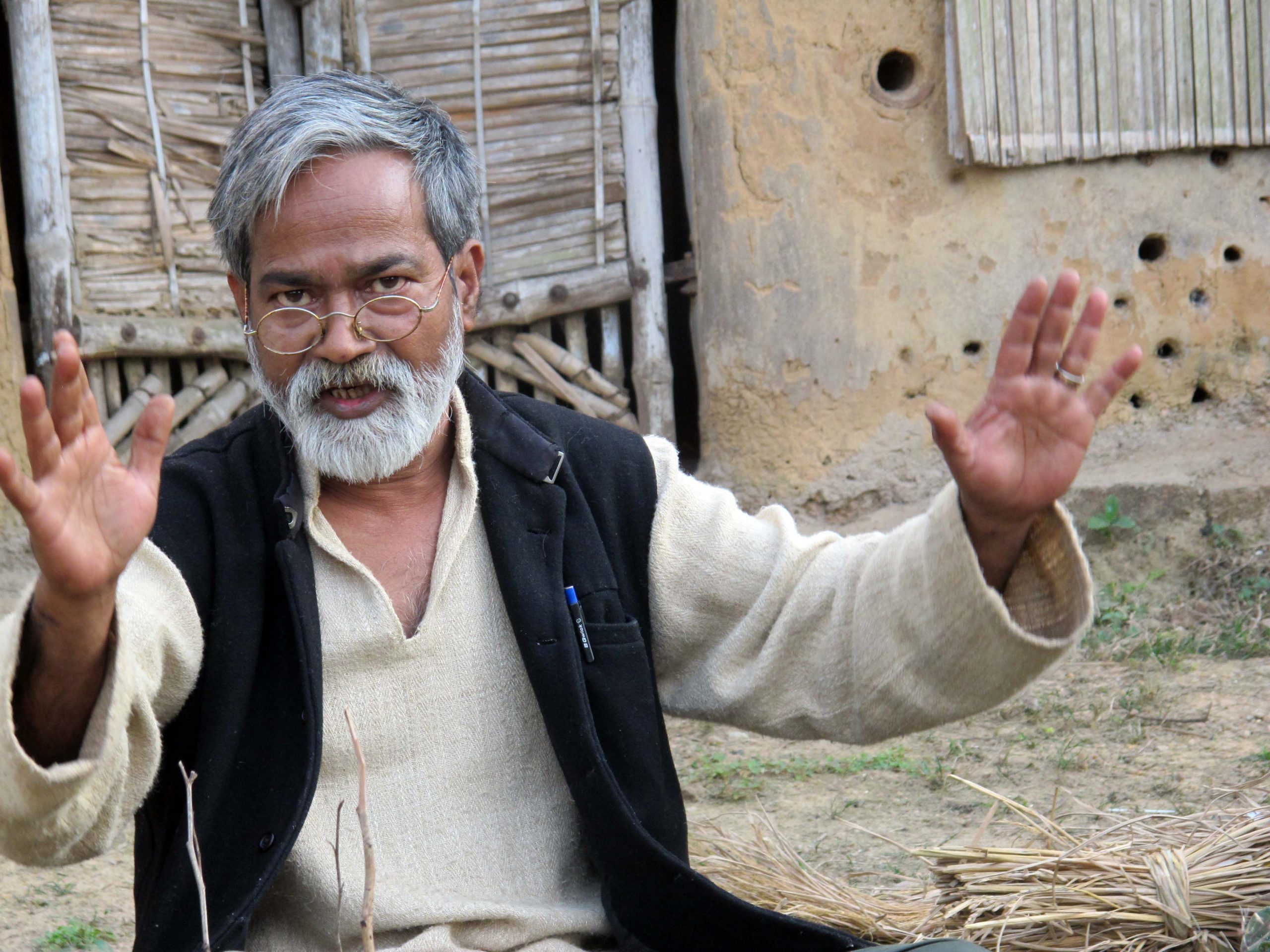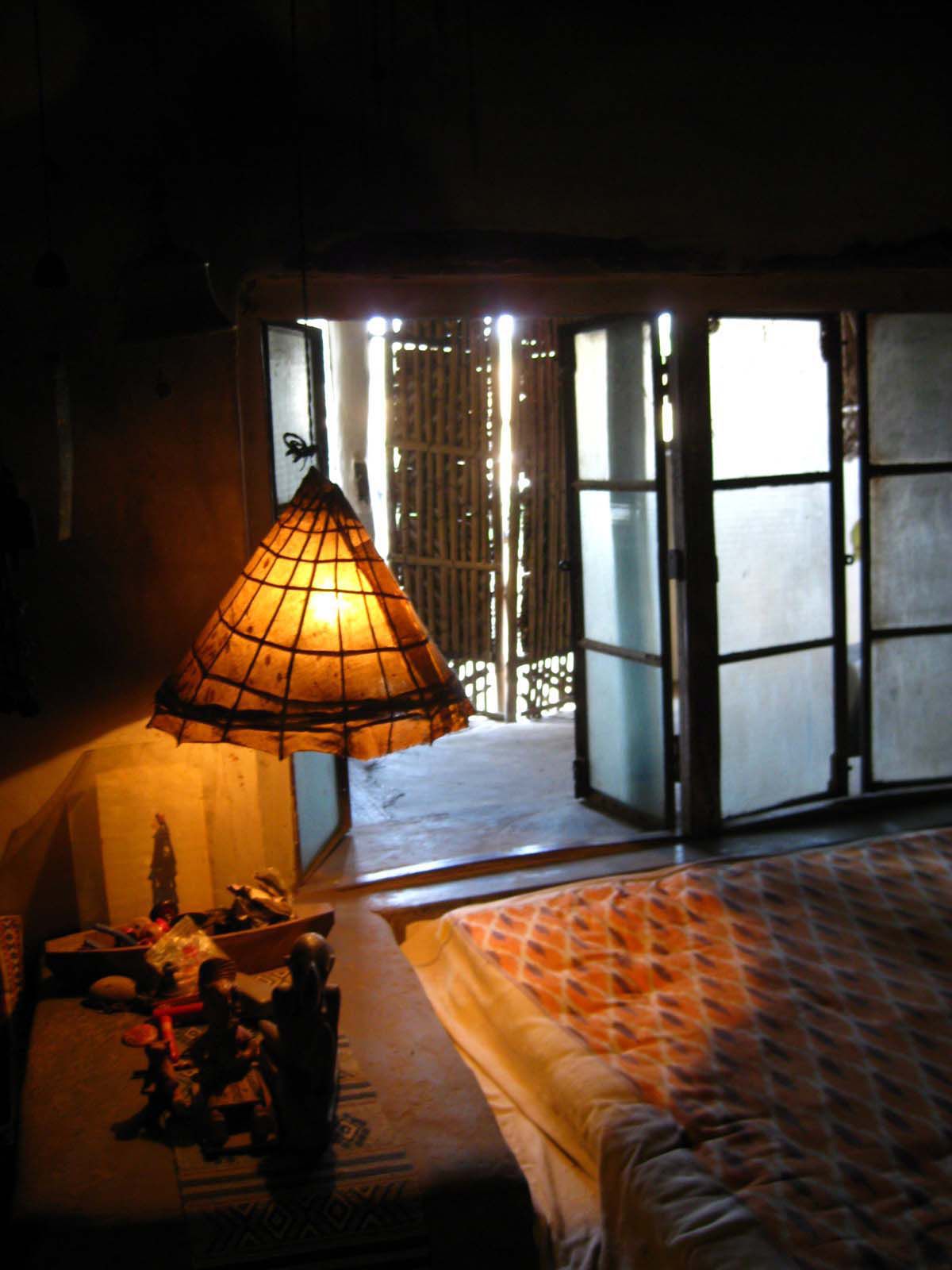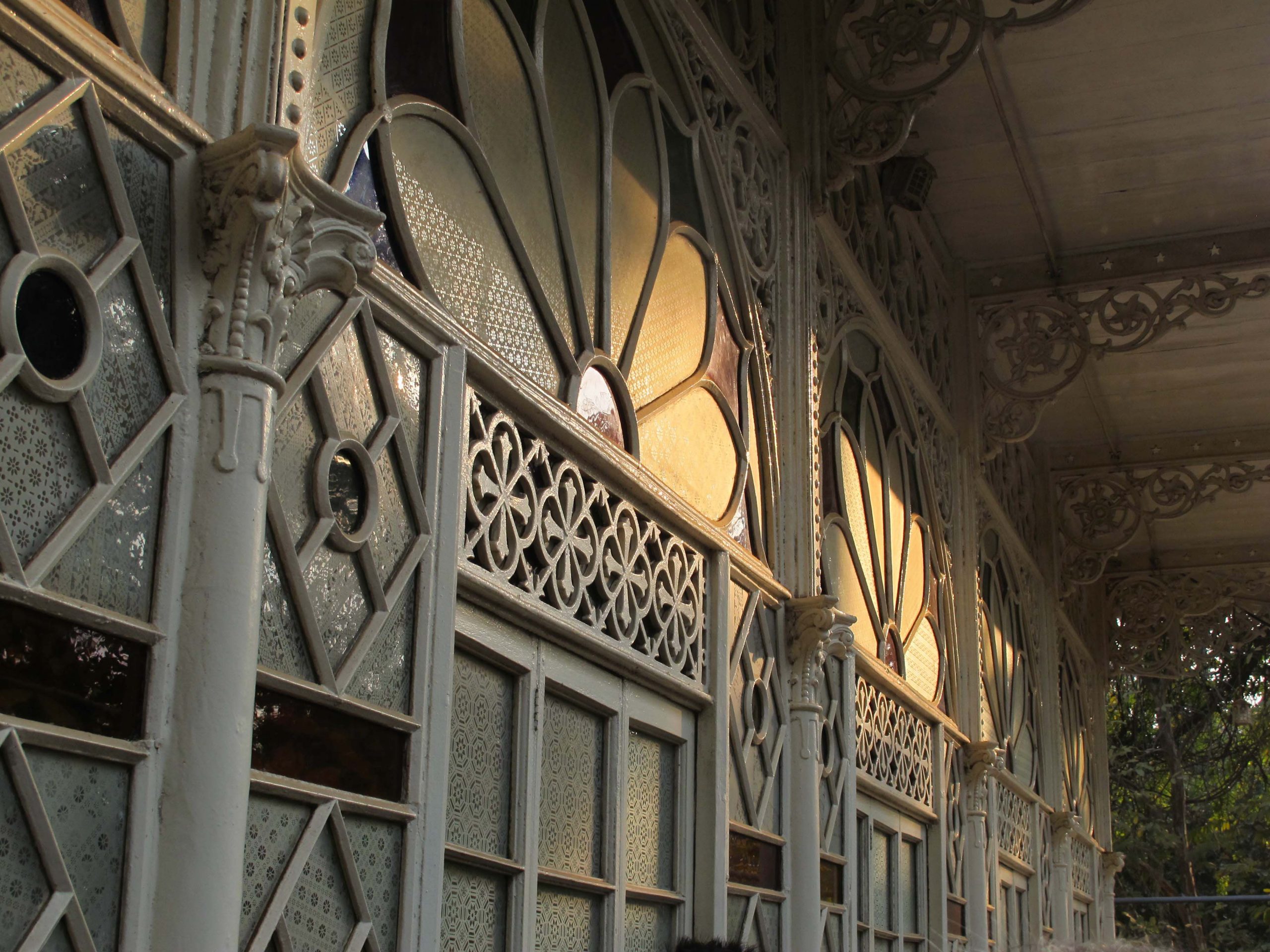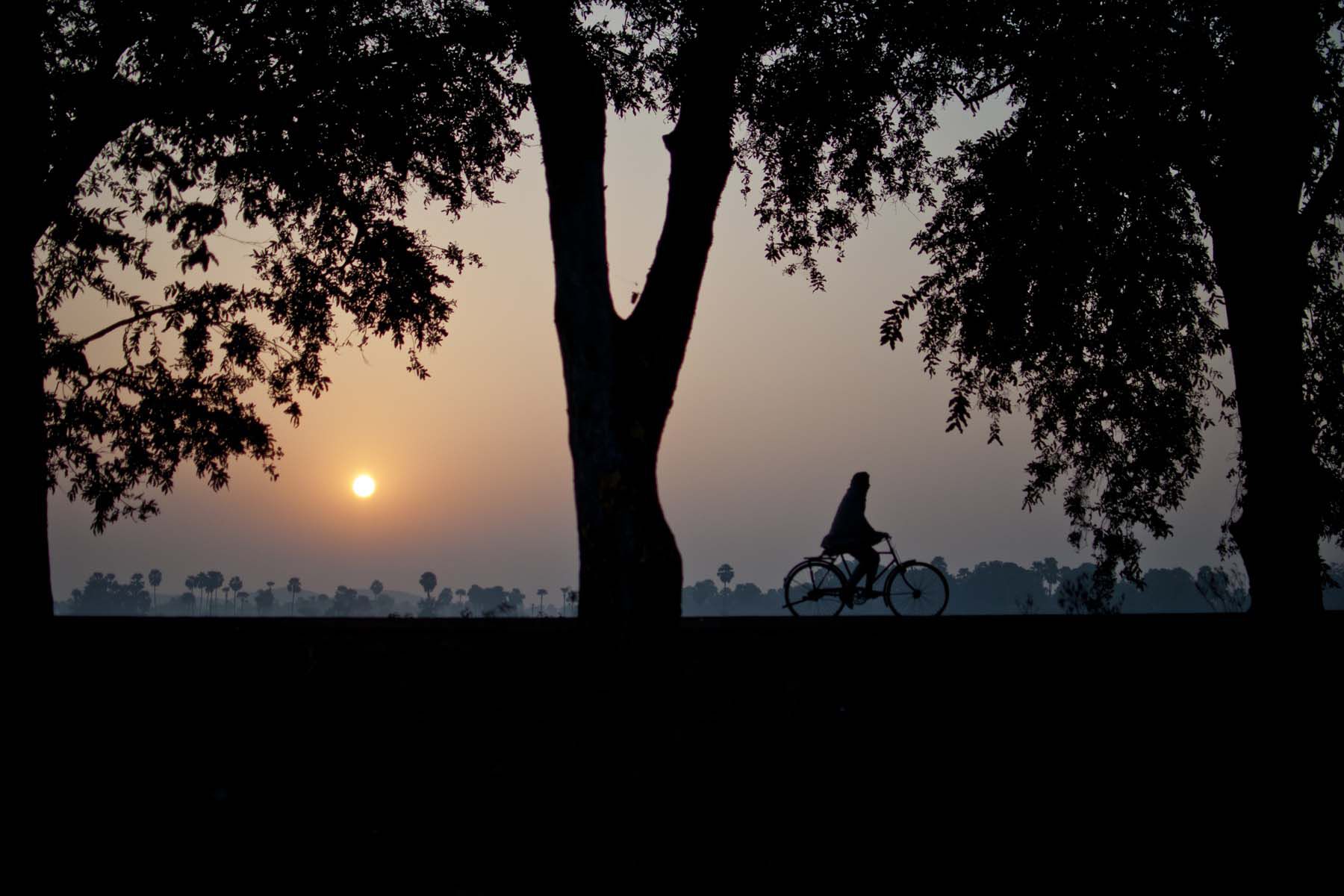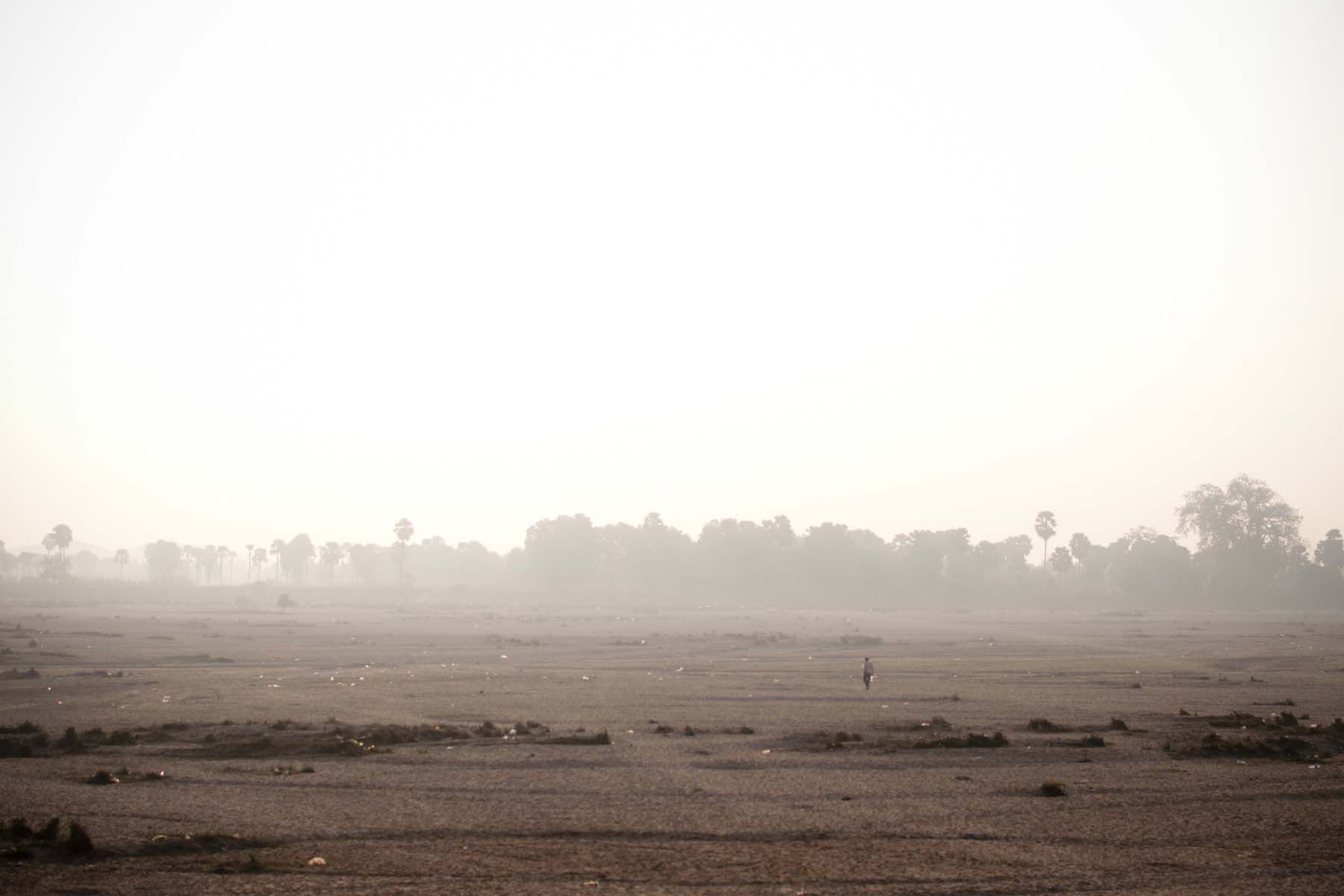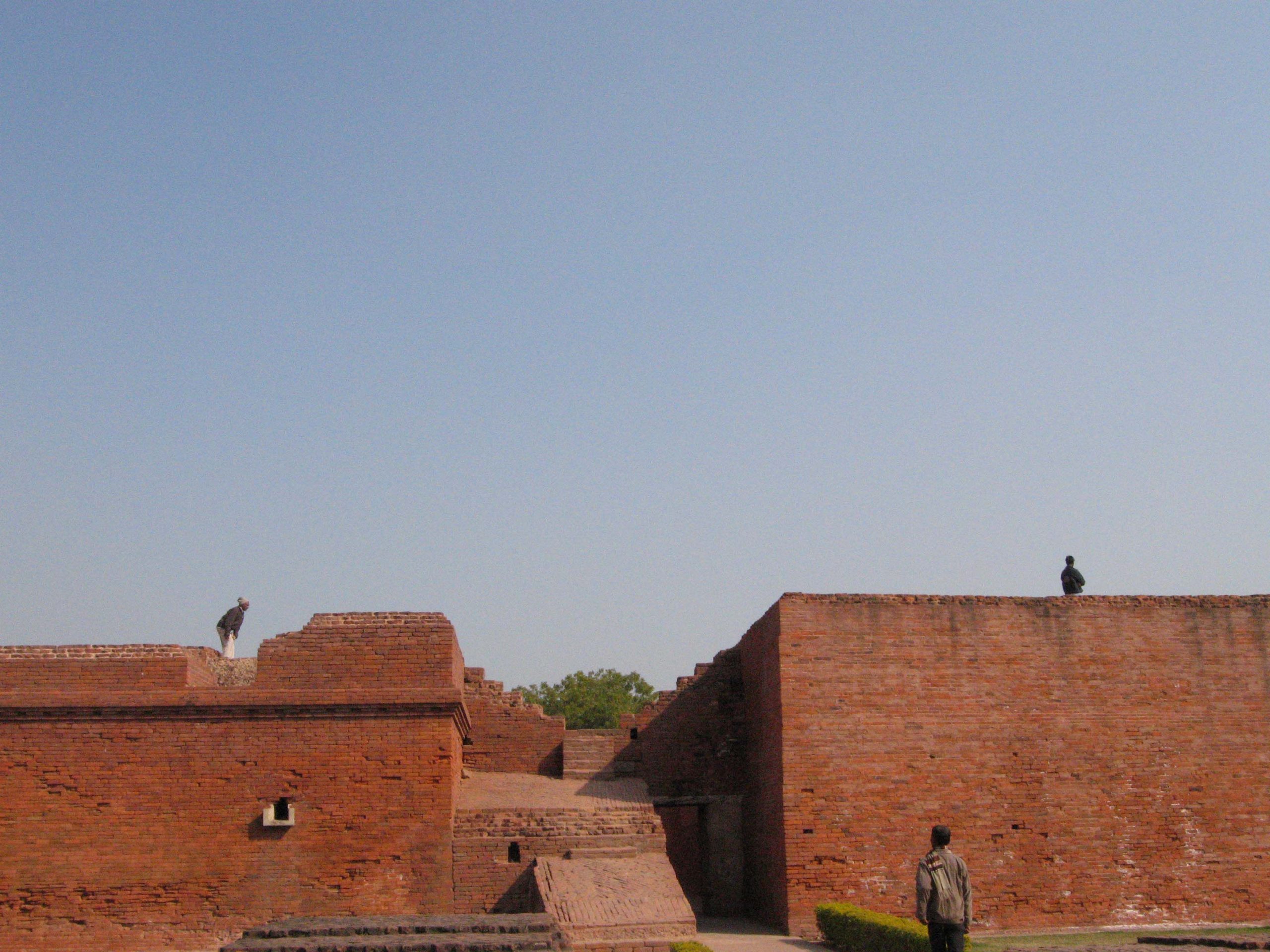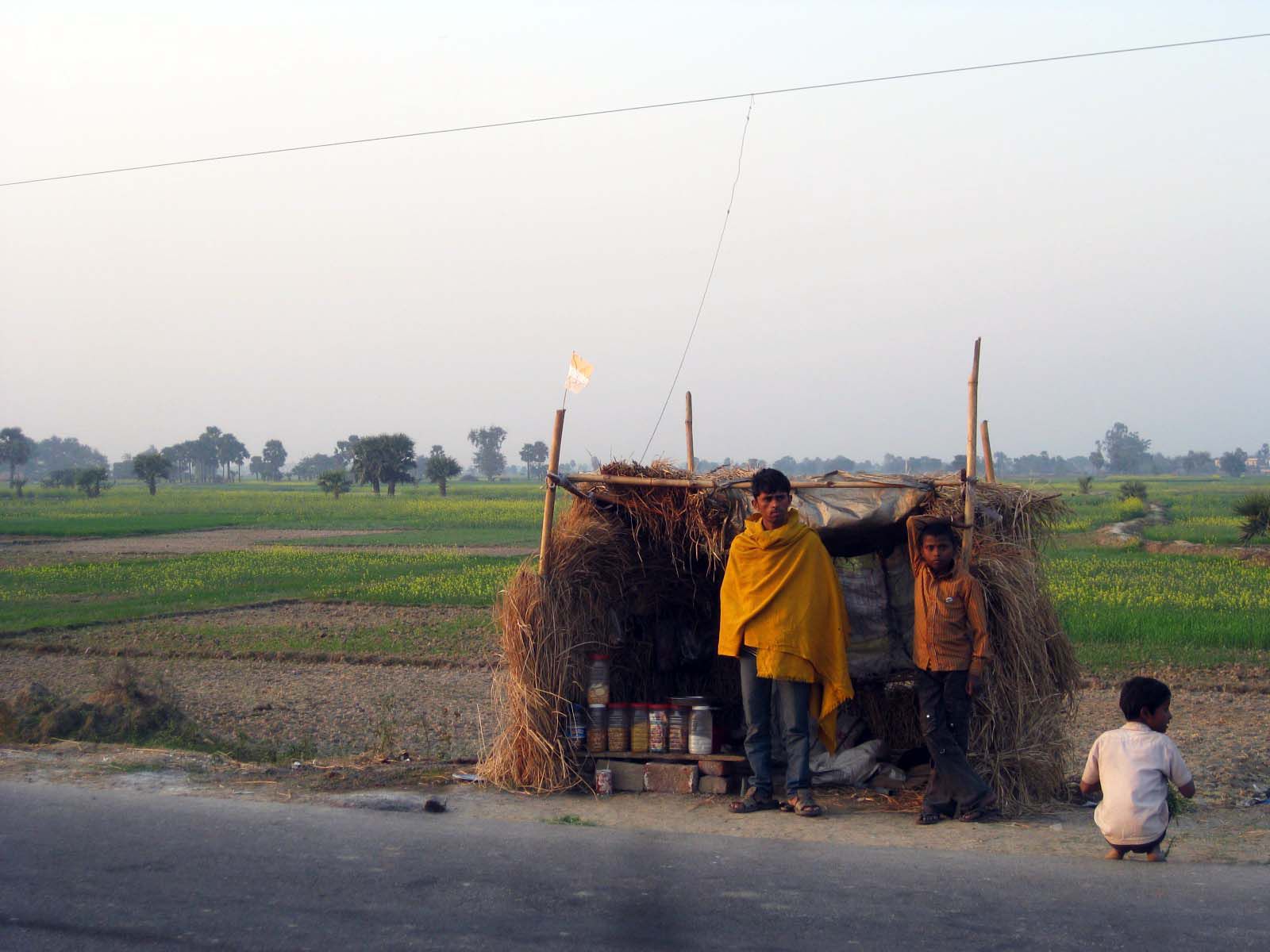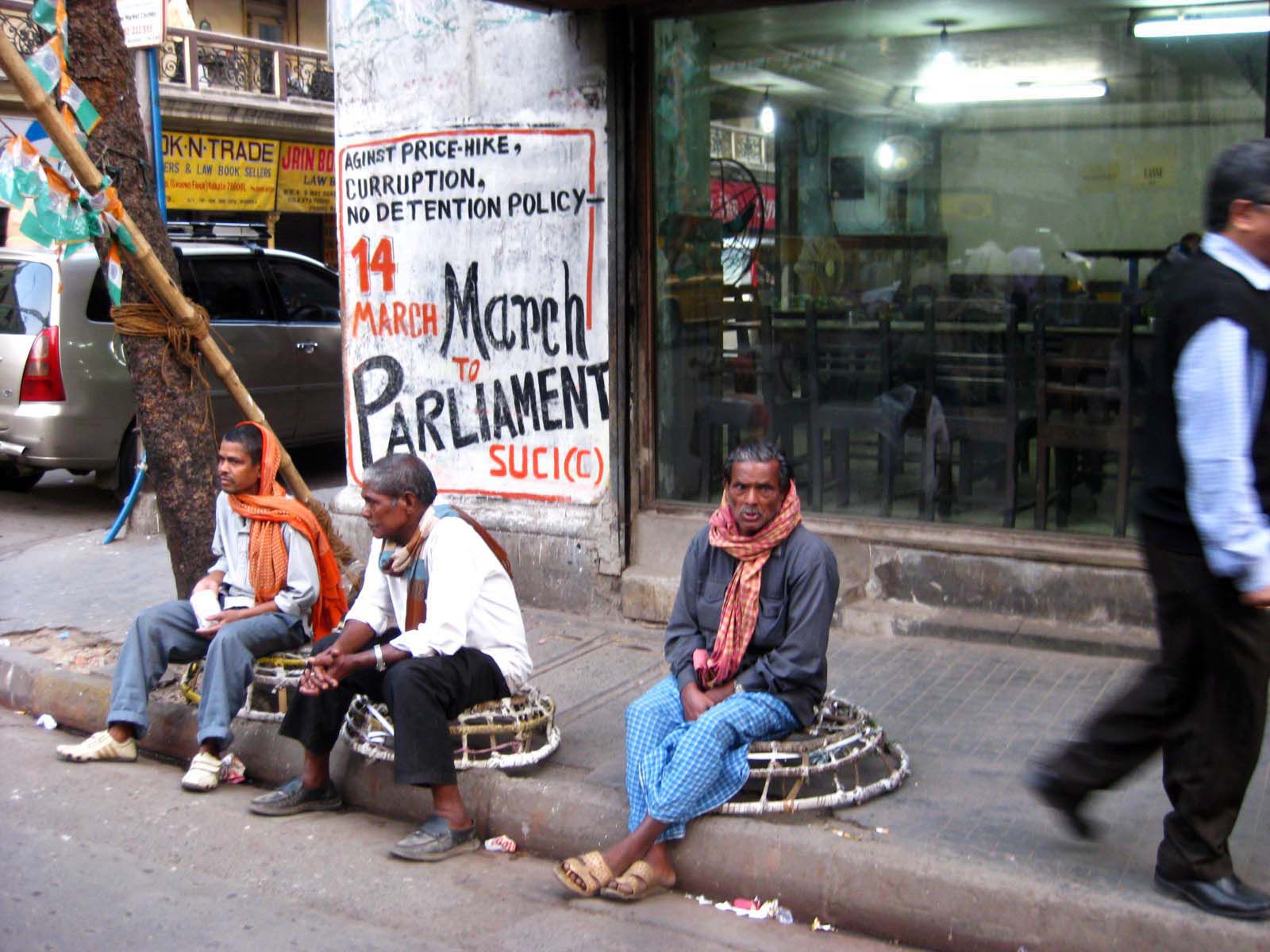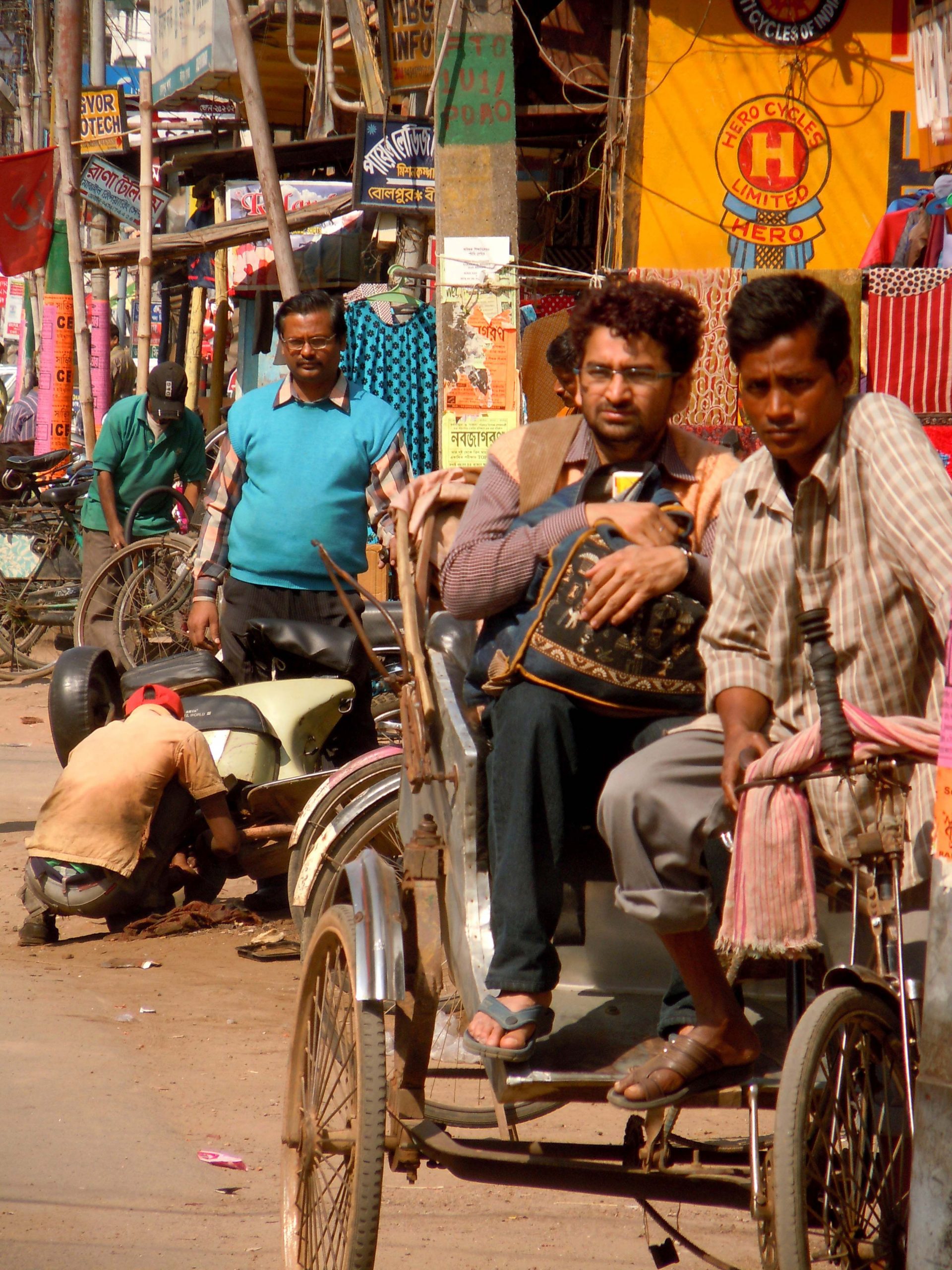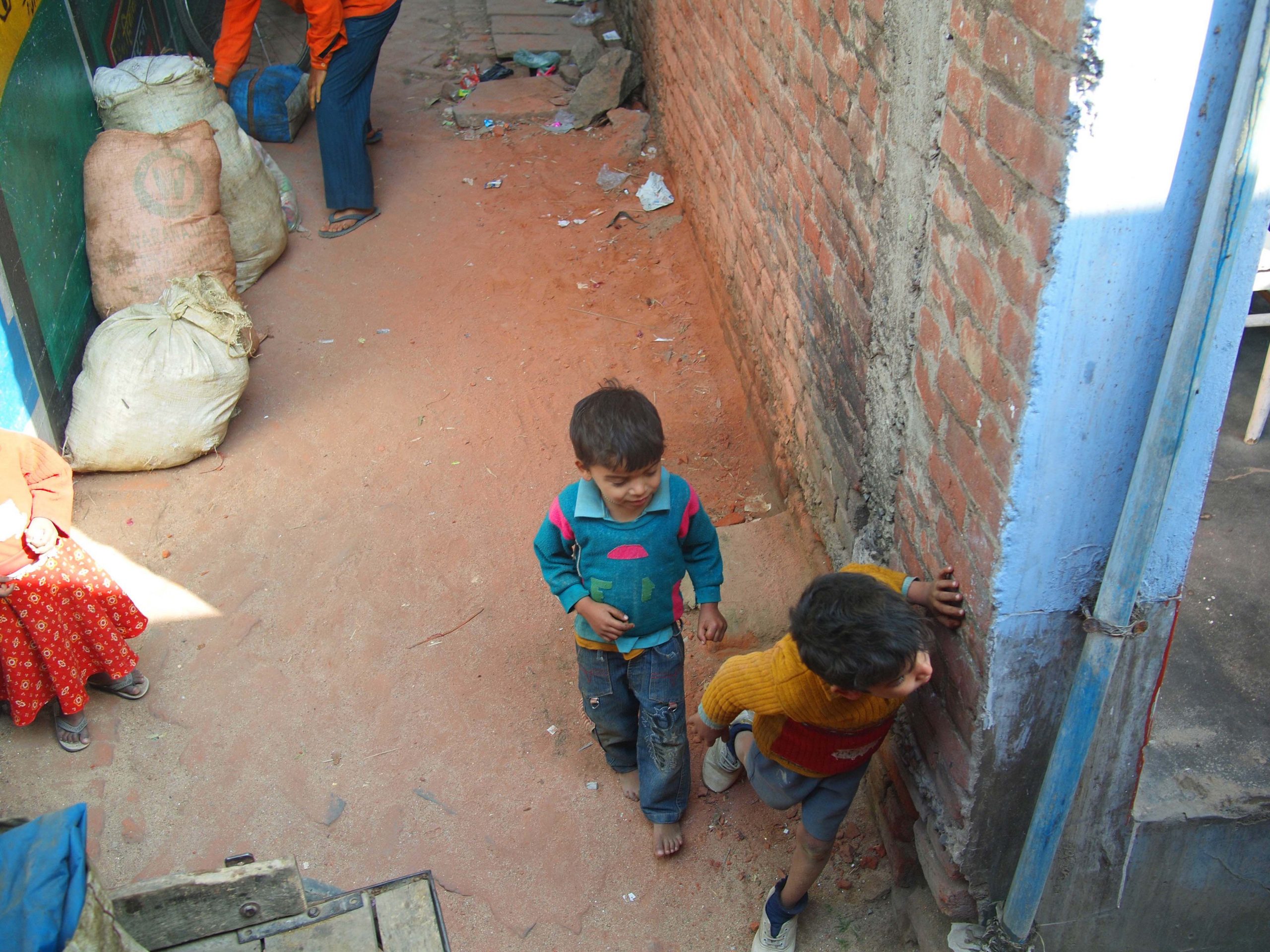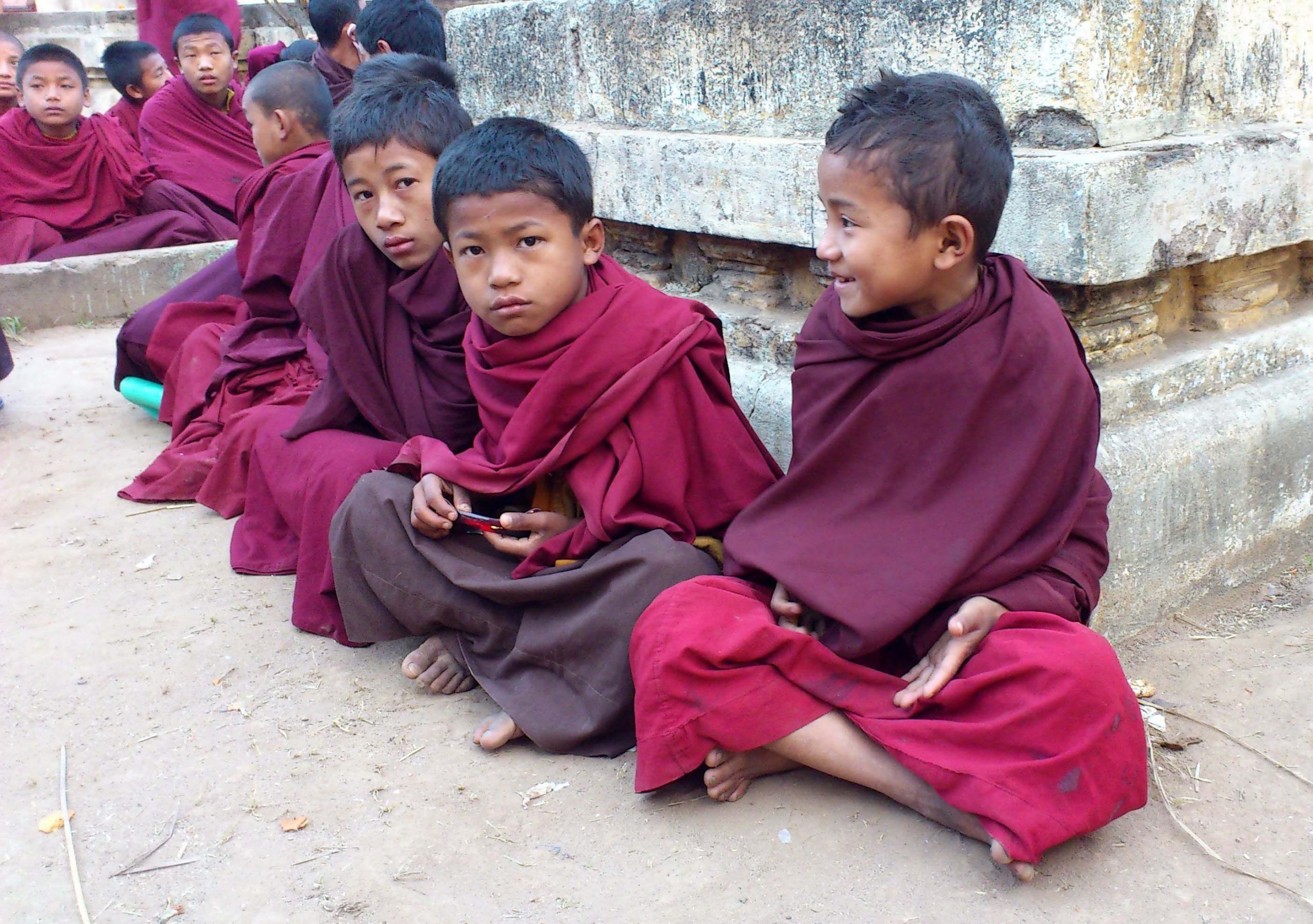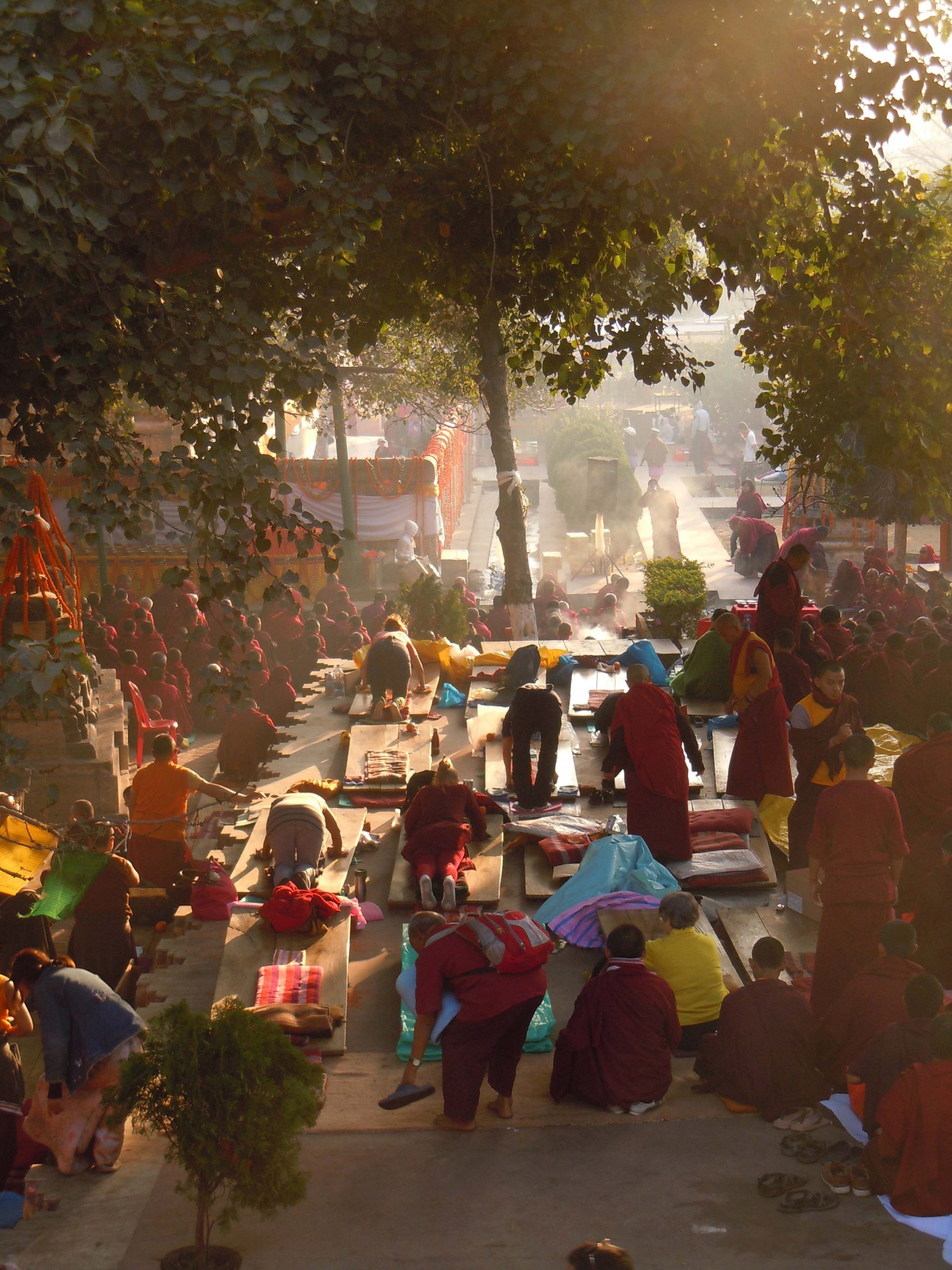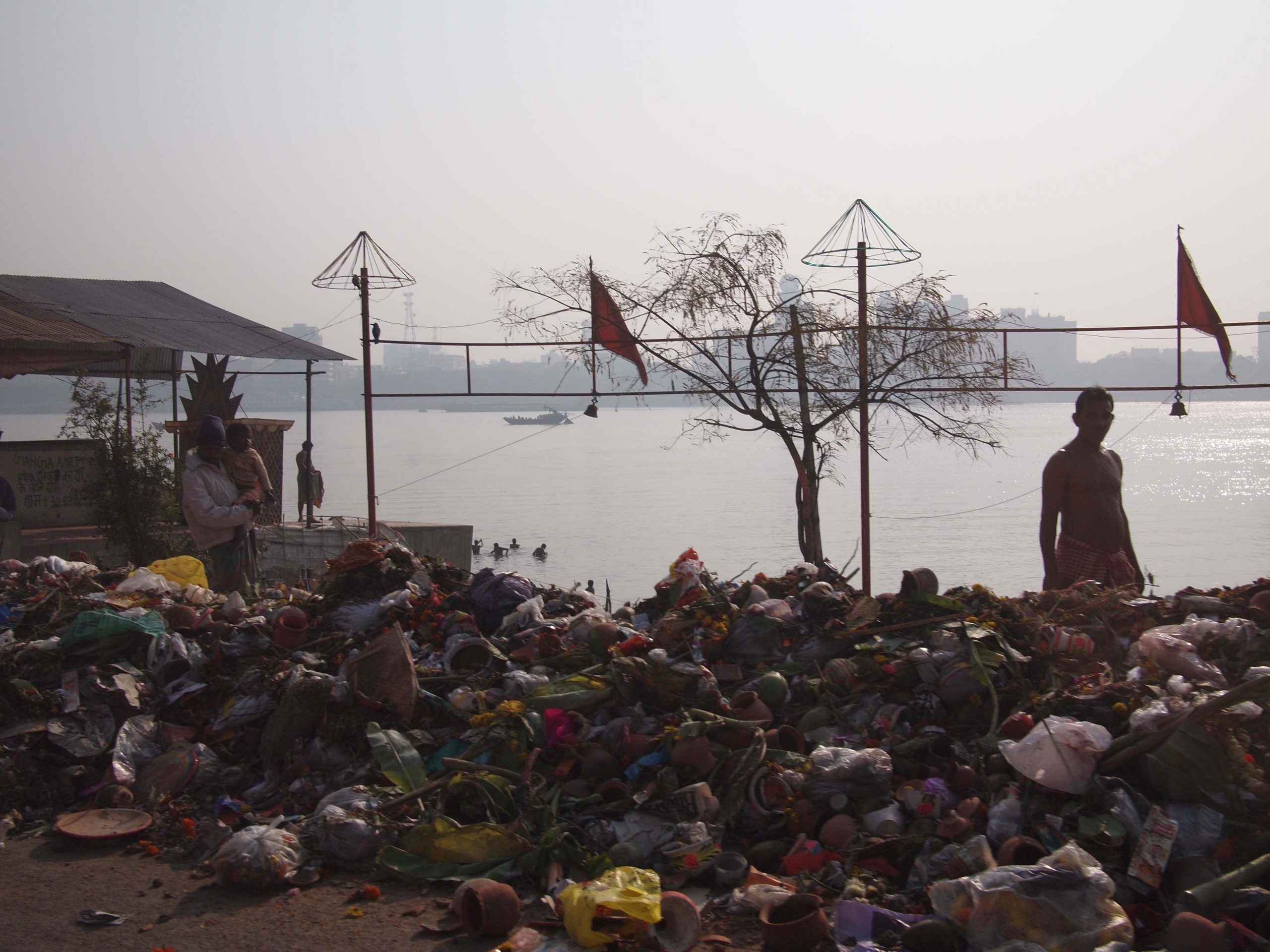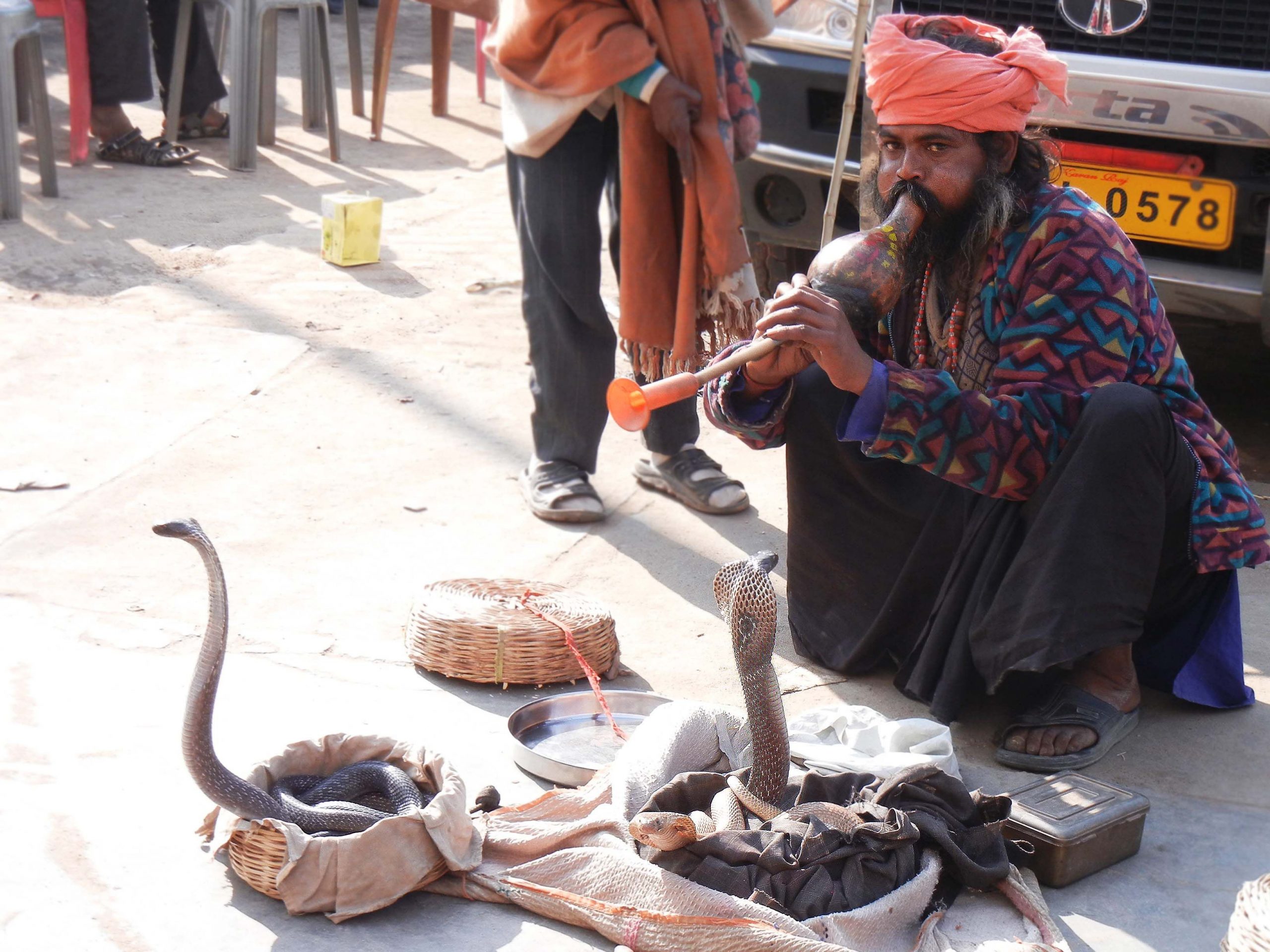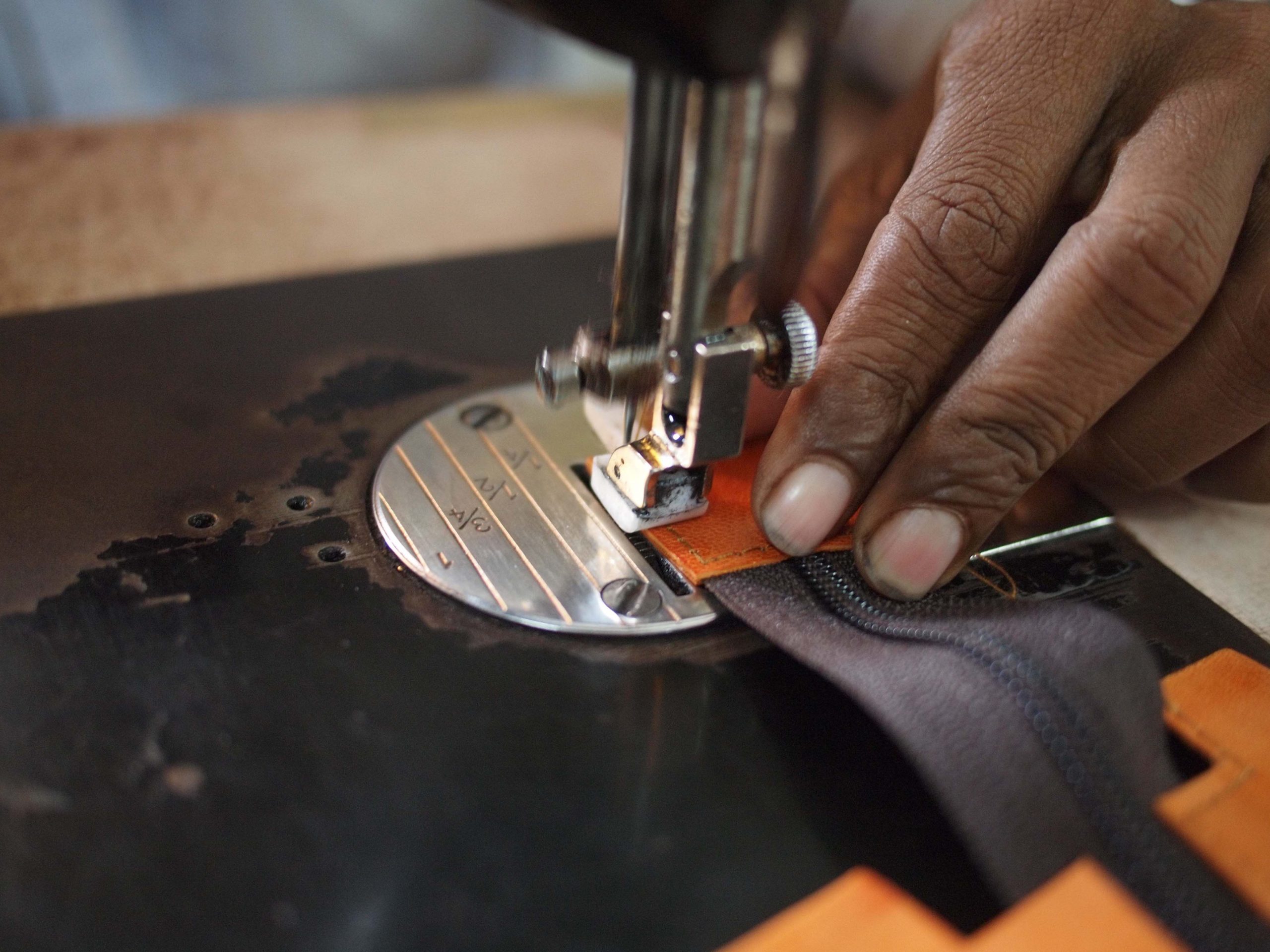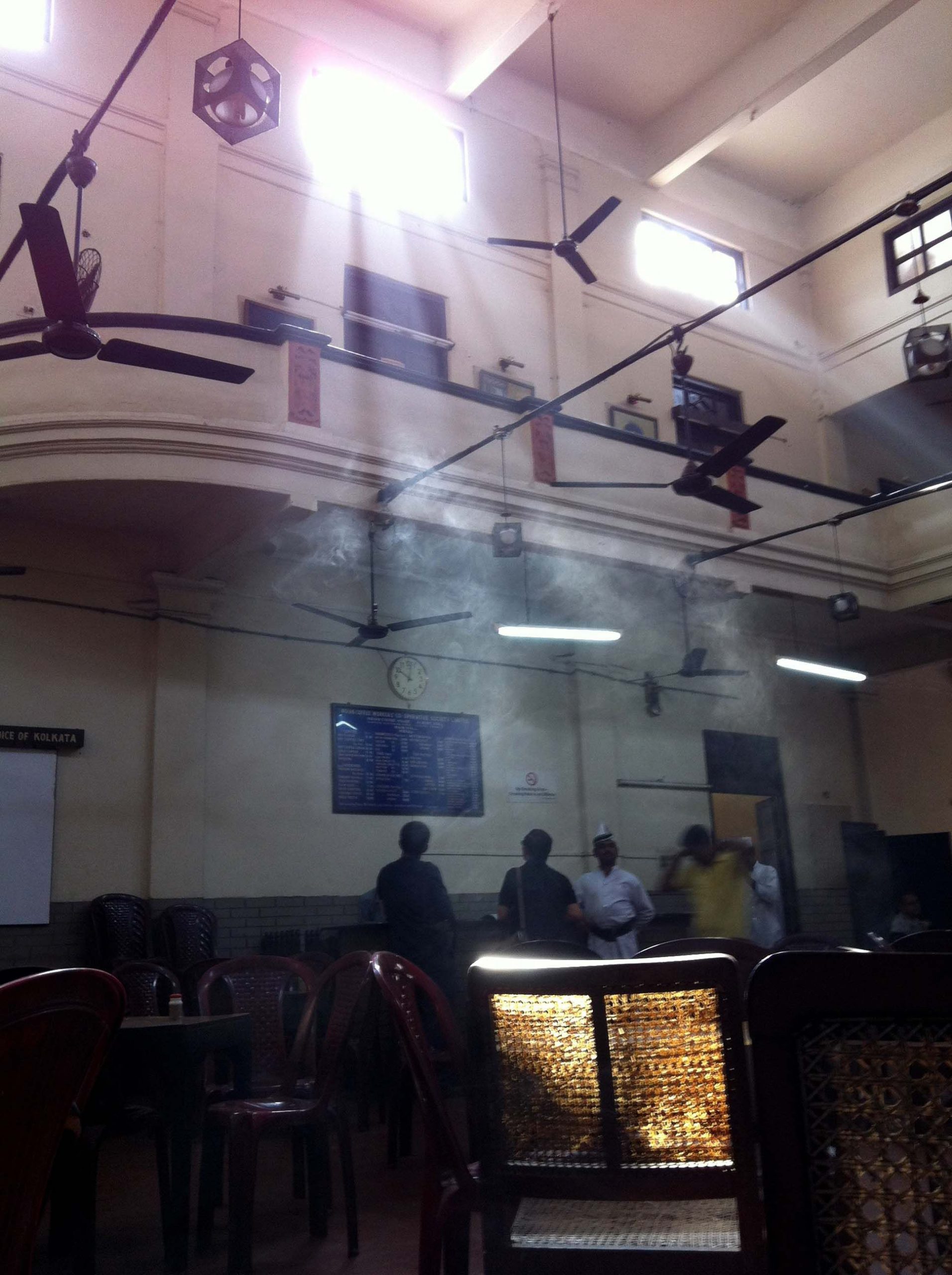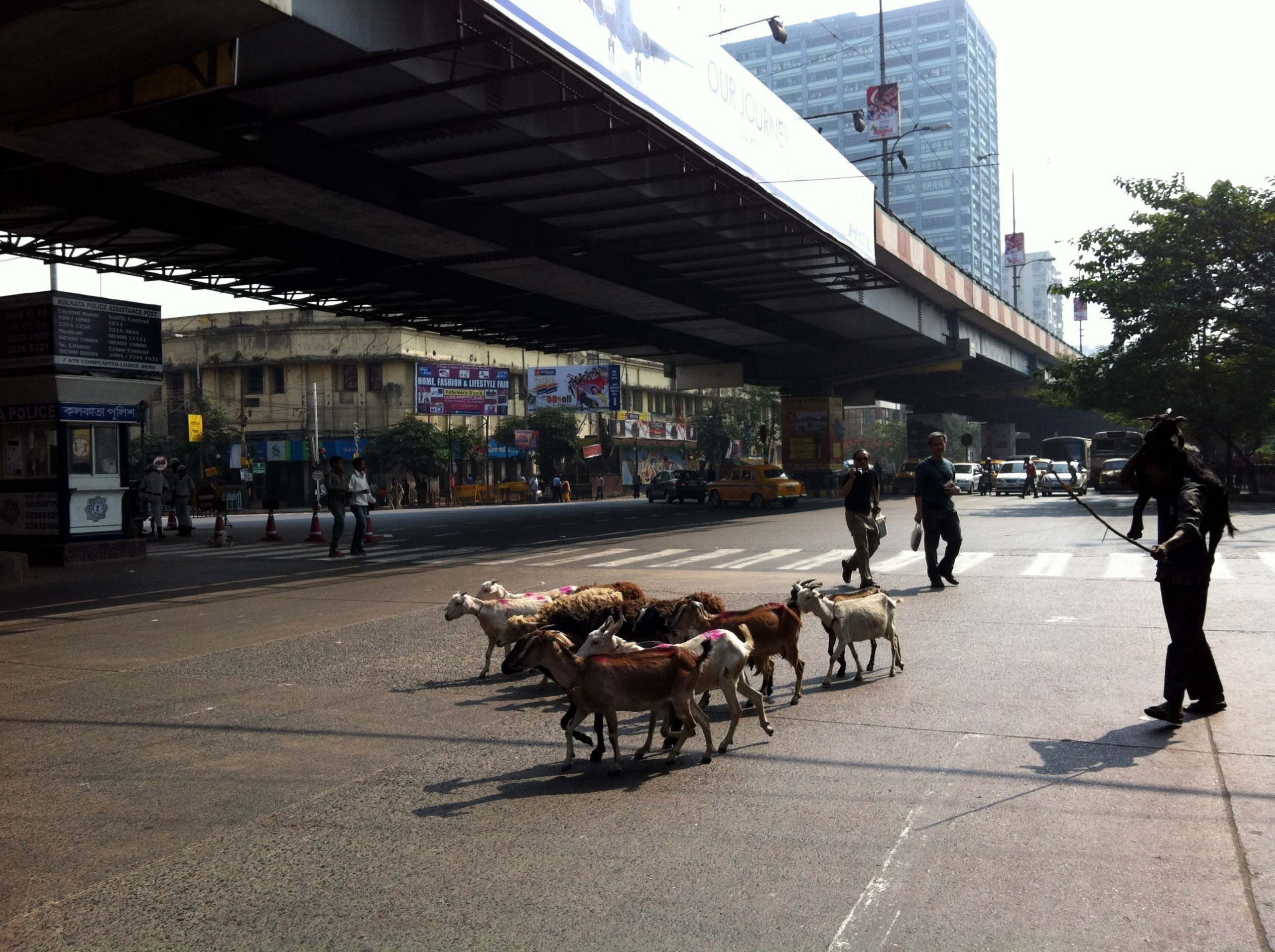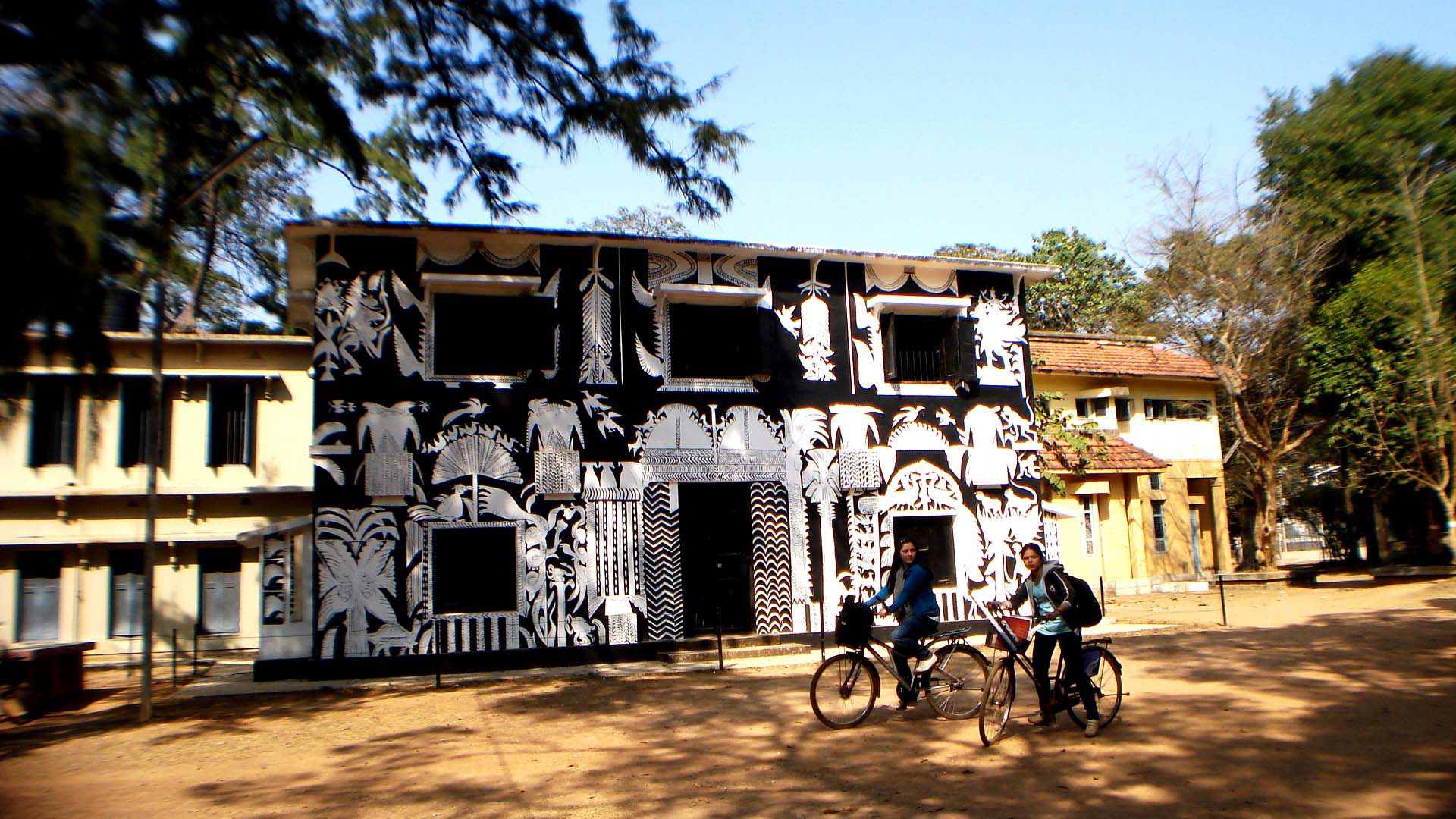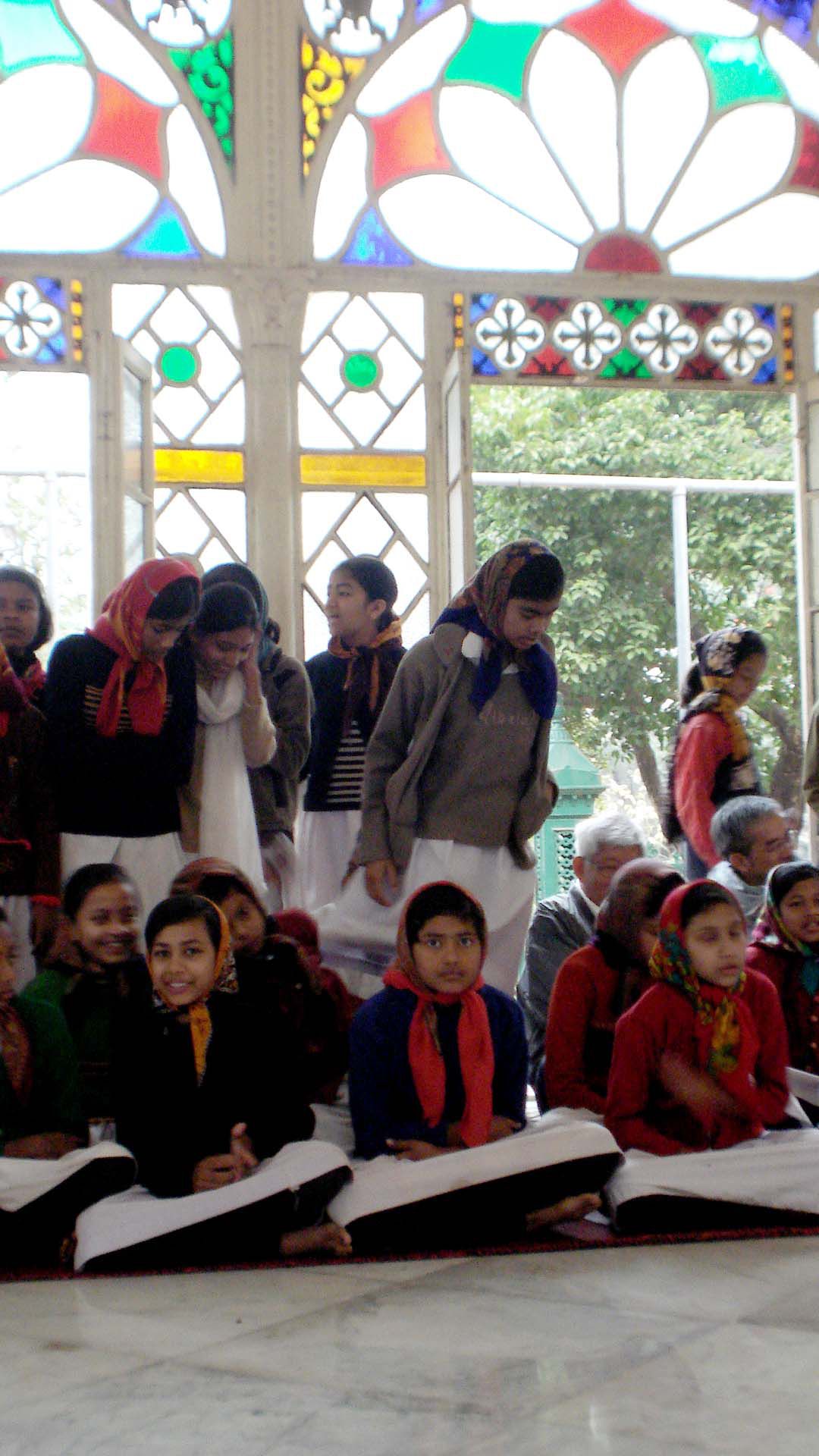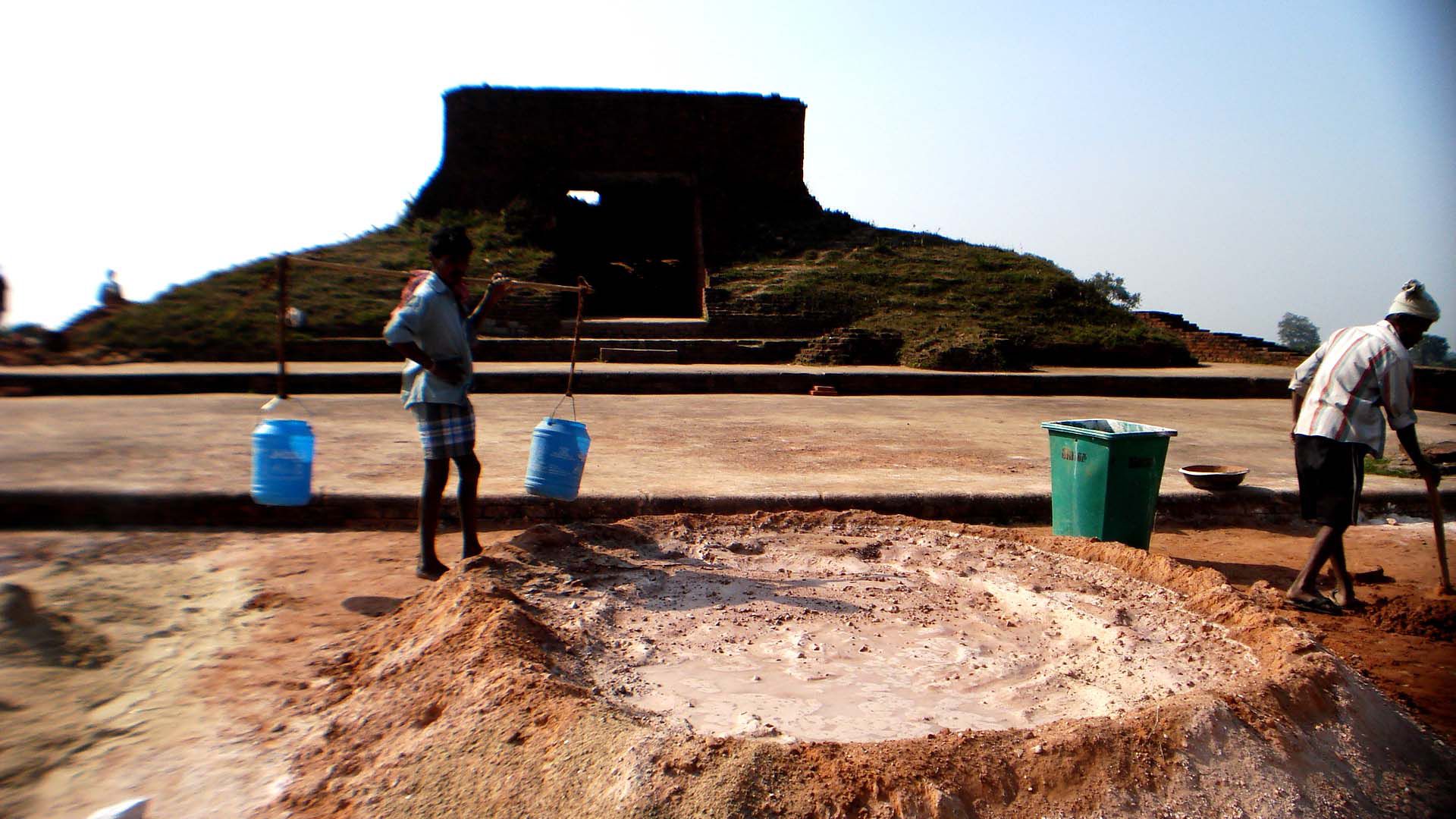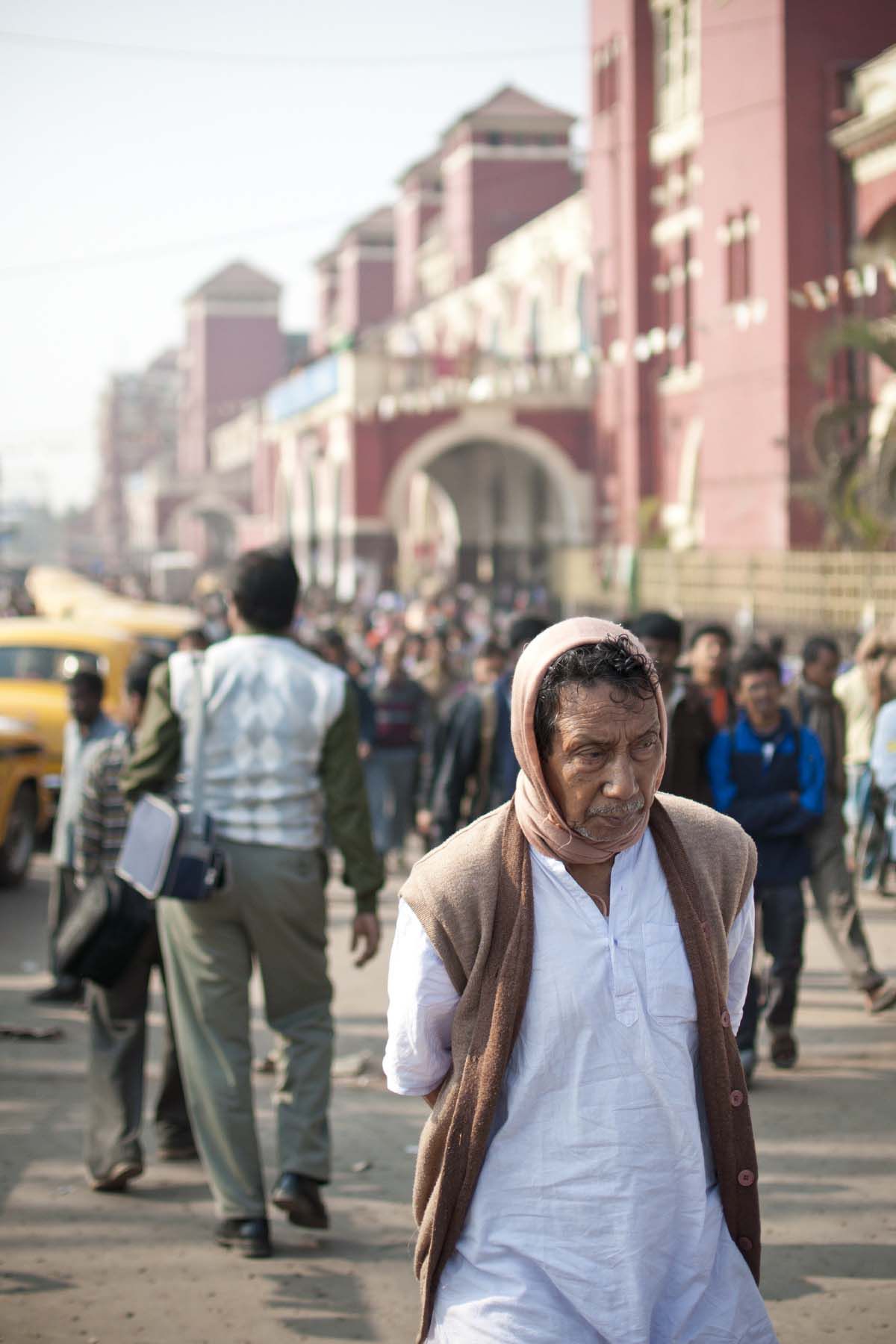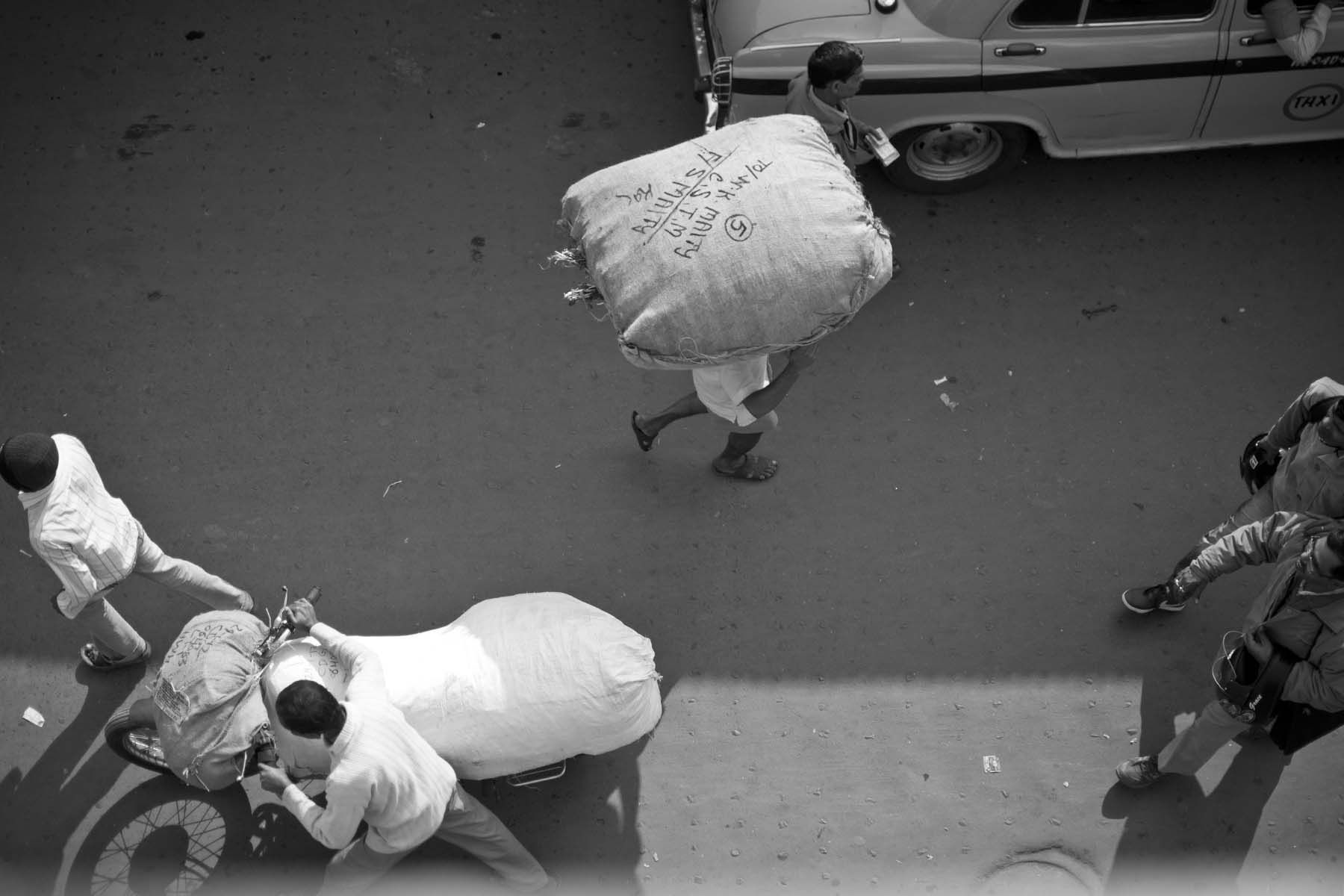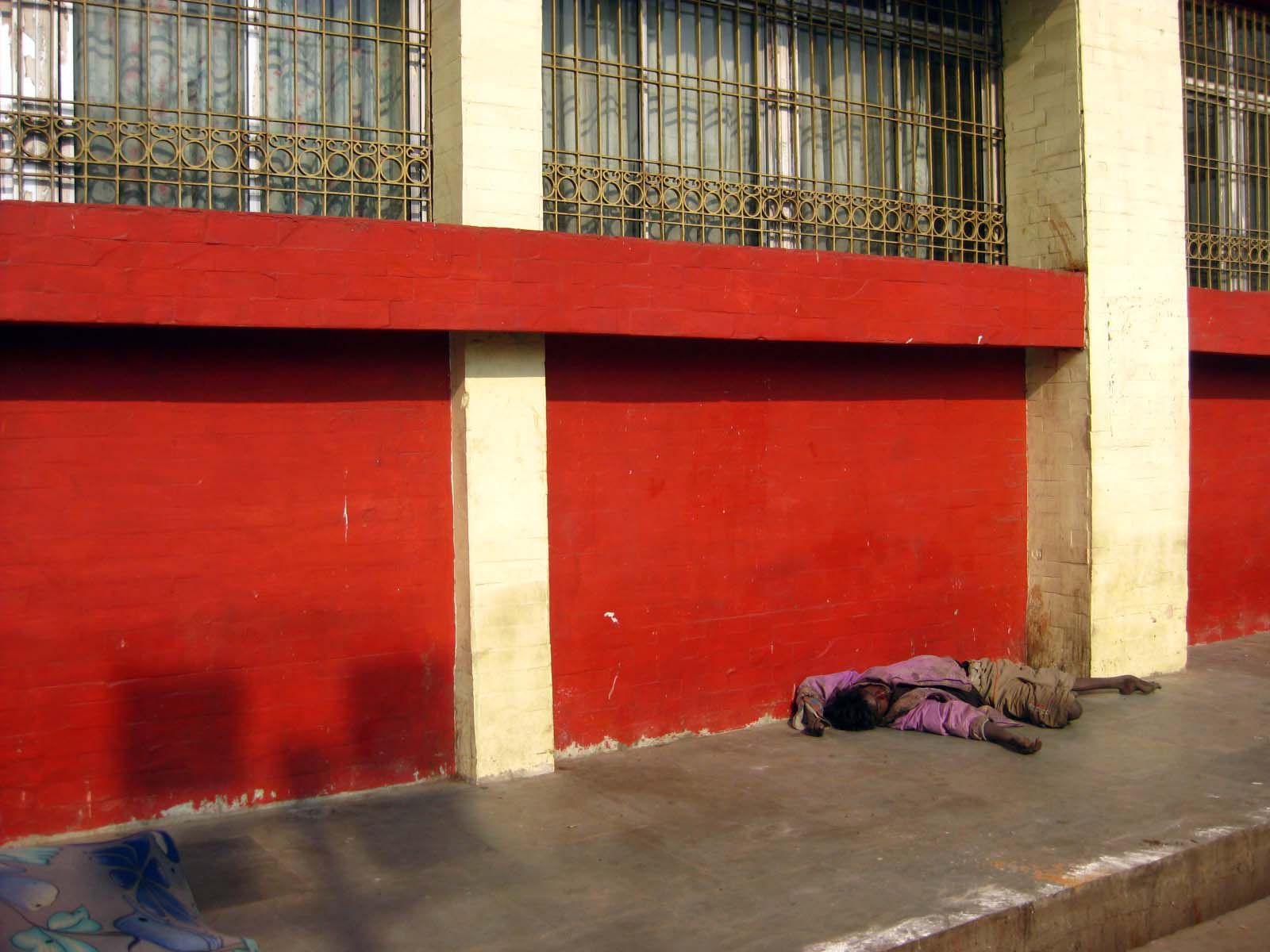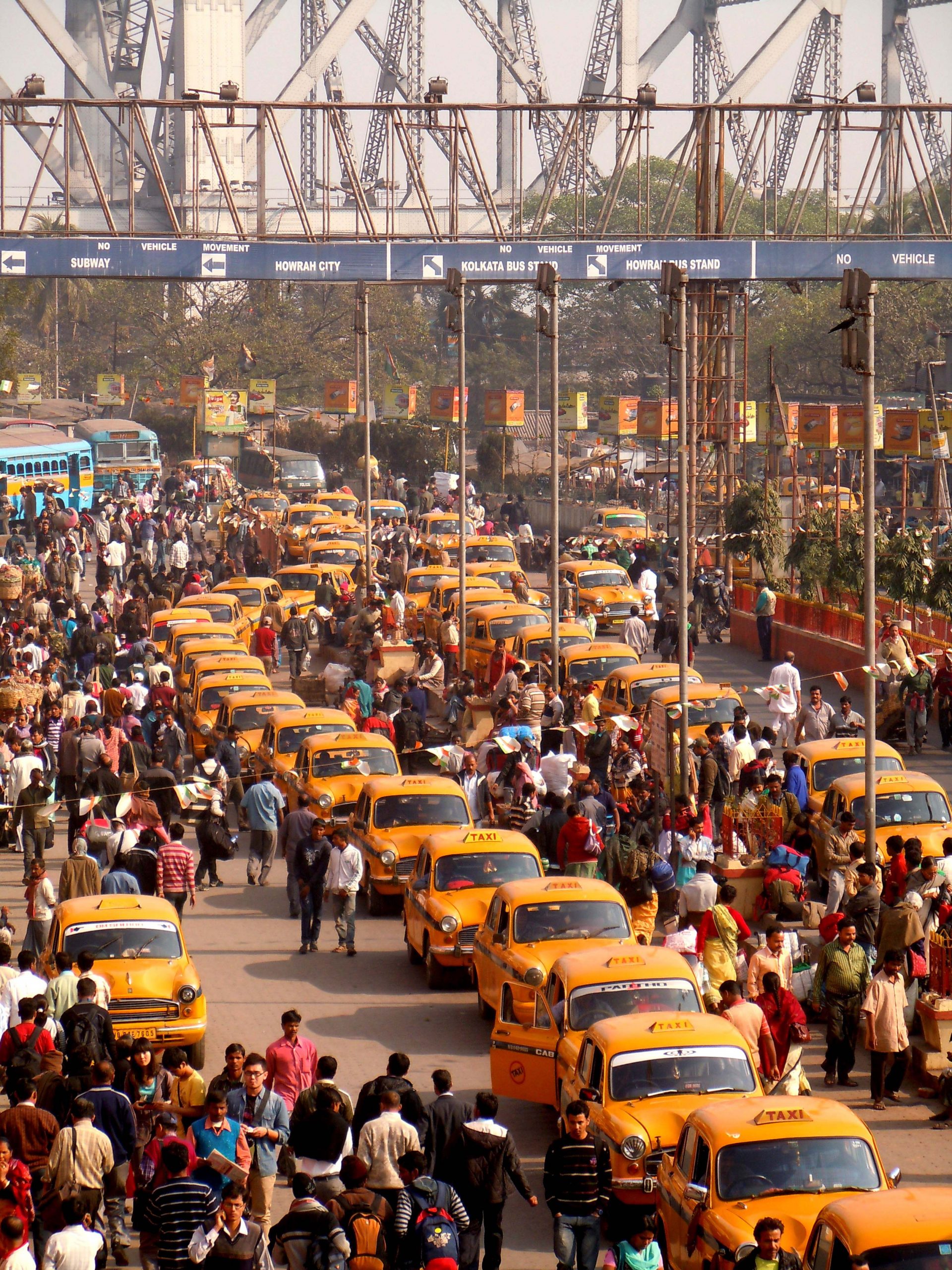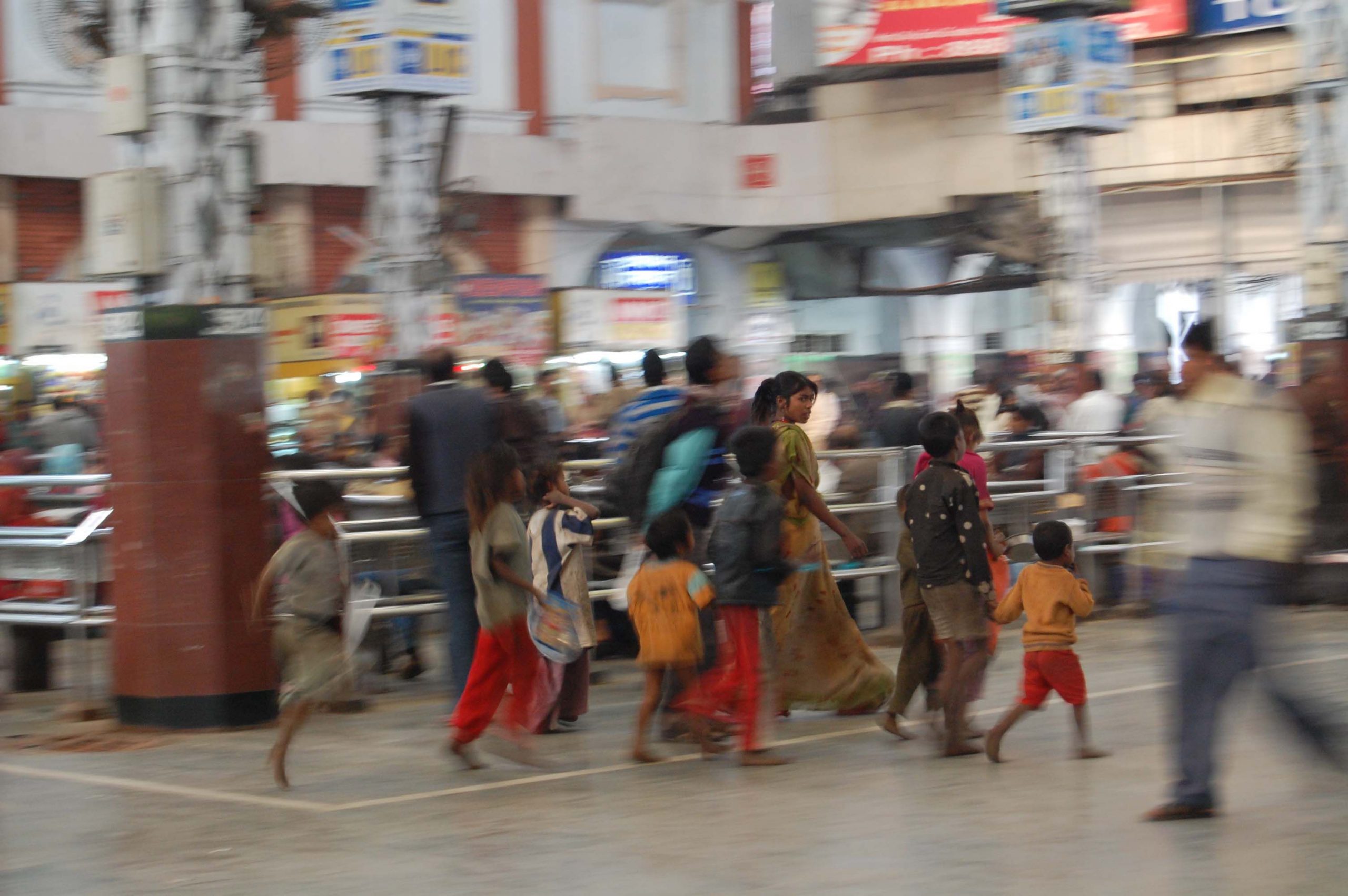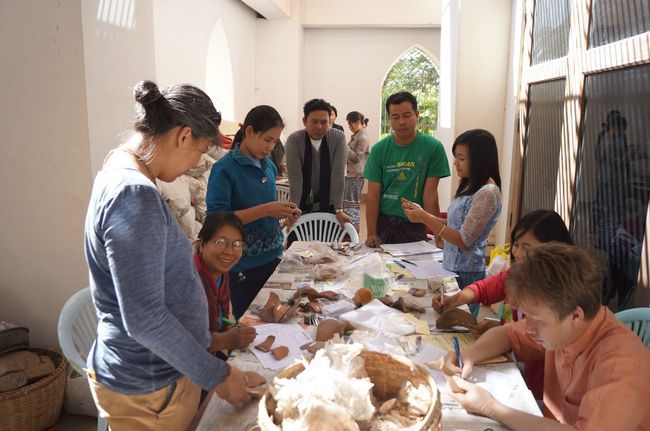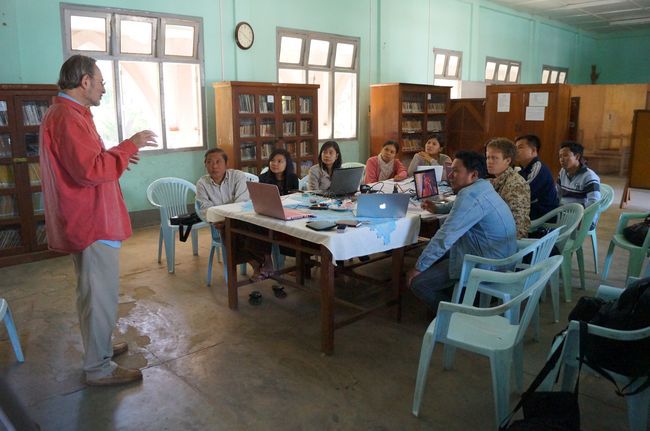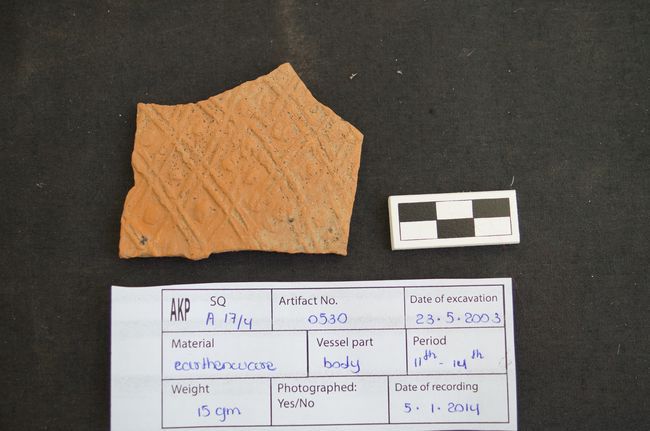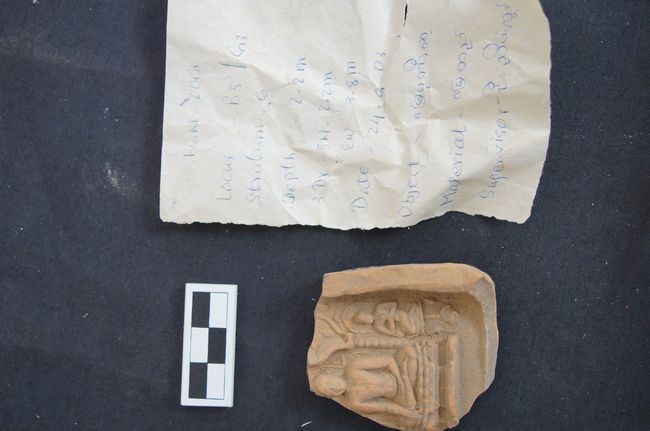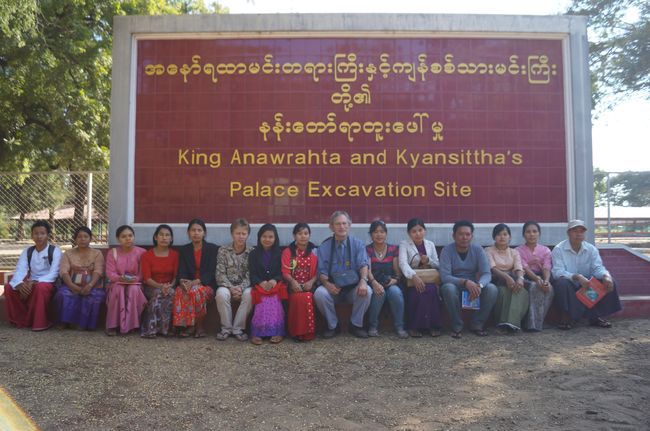APEC-Related Websites
- APEC Peru 2016
- APEC Policy Support Unit
- Thai APEC Study Centre, Thammasat University
- APEC Study Ventre, University of Hong Kong
- The Australian APEC Study Centre, RMIT University
- APEC Study Center, Columbia University
- APEC Study Center, University of California, Berkley
- The Pacific Economic Cooperation Council
- Other APEC Study Centres (Full Contact List)
Publications from Other APEC Study Centres
ISEAS Perspective
- APEC and the Middle Income Trap
– 22 Sep 2015
- RCEP and TPP: Can They Converge into an FTAAP?
– 12 Nov 2014
- FTAAP and APEC: Wrong Goal, Wrong Institution
– 2 Oct 2014
- Is the APEC Approach to Food Security Viable?
– 10 Jun 2014
- China’s Evolving Views on the TPP and the RCEP
– 8 May 2014
- APEC 2013-2014: Continuing to Connect
– 03 Feb 2014
- Is APEC’s Relevance Fading?
– 20 Jan 2014
- TPP to Face 21st Century Challenges
– 7 Oct 2013
- APEC & ASEAN Connectivity: Mutual Interest & Cooperation
– 18 May 2013
- The TPP as a Tool to Contain China: Myth or Reality?
– 17 May 2013
- Addressing Infrastructure Financing in Asia
– 6 May 2013
- APEC’s Model of Green Growth is a Move Forward
– 25 Feb 2013
- RCEP and TPP: Comparisons and Concerns
– 7 Jan 2013
- On the APEC List of Environmental Goods
– 8 Oct 2012
NSC Lecture Series
1819 and Before: Singapore’s Pasts
In commemoration of the bicentennial of Stamford Raffles’s establishment of an East India Company settlement on Singapore in 1819, the Nalanda-Sriwijaya Centre (NSC), at the ISEAS-Yusof Ishak Institute, has organised a special lecture series entitled ‘1819 and Before: Singapore’s Pasts’. This seminar series aims to introduce the premodern and early history of Singapore, and to locate it in the broader region.
- Why Was There No Singapore Before Raffles? by Mr Kwa Chong Guan (18 July 2018)
- The Orang Laut and the Realm of the Straits (Negara Selat) by Prof Leonard Andaya (25 July 2018)
The Khmer Empire and Its Road Network by Dr. Ea Darith (12 Feb 2015)
Dr. Ea Darith gives an overview of the development of the Khmer Empire and The Living Angkor Road Project (LARP), a Cambodian–Thai joint research project. LARP has been conducting research along the said road since 2005. The team has already identified 32 ancient bridges, 385 water structures, 134 temples, 17 rest houses, 8 hospitals, a number of iron smelting sites, hundreds of stoneware ceramic kilns, and many habitation sites.
The Tombstones of Lamreh (Ancient Lamri) by Dr. E. Edwards McKinnon (4 March 2015)
Dr. E. Edwards Mckinnon looks into the prevalence and tradition of Islamic tombstones in Lamreh, Aceh, Indonesia. He suggests that two distinct types of tomb stones–the plain proto-batu Aceh and a distinct so-called plang pleng tradition–may help in understanding the arrival of Islam in the Aceh region.
NSC AU Lecture Series
Pots and how they are made in Southeast Asia by Dr. Leedom Lefferts (13th April, 2012)
Dr. Leedom Lefferts and Louise Allison Cort (Curator, Asian Ceramics, Freer and Sackler Galleries, Smithsonian Institution) conducted an intensive study of the indigenous production of earthenware and stoneware pottery by surveying over 200 locations in mainland Southeast Asia (including Southern Yunnan, China, but excluding Myanmar (Burma). They preliminarily charted six types of earthenware and two types of stoneware production across the region and have presented and published over a dozen papers on the subject (some of which are available in digitized format here).
This presentation summarizes their research findings and emphasizes three issues: the nature of the research as “ethno-archaeological method”; “embodied” behavior as indicative of cultural continuity and change, vis-à-vis pot form and decoration (and the difficulties associated with making archaeological discoveries in this domain); and the impact of these findings on the understandings of accepted Southeast Asian linguistic, political, and socio-organizational mapped boundaries. It is through their research findings that they propose a history of technological production behaviors that will begin to provide a nuanced understanding of contact and migration across the diverse landscape that is mainland Southeast Asia.
Same Same, but Different: The Rock Art of Southeast Asia by Noel Hidalgo Tan (31st August, 2012)
Rock art – paintings or carvings on rock, and other similar markings in the landscape – is not immediately associated with Southeast Asia. Because of its perceived rarity and obscurity, it remains one of the least understood archaeological phenomena in the region. Is there much rock art, if at all, in Southeast Asia? Where are they located? What can we learn from them?
Ancient Fansur, Aceh’s ‘Atlantis’: The Case for Lhok Pancu / Indrapurwa by Dr. E. Edwards McKinnon (3rd May, 2013)
Following recent seismological and archaeological research, there is increasing evidence to suggest that the long-lost site of ancient Fansur, a toponym often associated with the Barus region, may be found in the geographically strategically located bay of Pancu, a short distance west of the modern city of Banda Aceh (which is located on the island of Sumatra in Indonesia).
NSC Archaeological Field School Lectures
Ceramics, Technology, Trade, and Culture in Southeast Asia by Dr. John Miksic (30th May, 2013)
Dr. John Miksic gives a general overview to students of how the study of ceramics in Southeast Asia can give insight into production techniques, technological advancements, trade, and culture. This lecture was given in preparation for the students’ involvement with the Cheung Ek Excavation in June 2013, which was led by Mr. Phon Kaseka of the Royal Academy of Cambodia.
Public Talks
Guerilla Archaeologists and the Singapore Story (part 1, part 2 – courtesy of the NUS Museum) by Dr. John Miksic (12 April, 2012)
Most people think Singapore and archaeology are boring subjects, but the combination of the two can be exciting. Since Singapore has no laws covering archaeology, it is possible and sometimes necessary to go about the exploration for new sites in unorthodox ways. The term “underground” can mean something different in Singapore than it does in normal archaeological contexts! In this talk Assoc. Prof. John Miksic will provide an account of the history of archaeology in Singapore since 1984, and its connection with museums.
Raffles, Archaeology, and the British in Indonesia by Dr. John Miksic (24th November, 2012)
During his tenure as lieutenant governor of Java and as governor of Bencoolen, Raffles contributed much to the study of ancient Southeast Asia. This talk focuses on Raffles’ career and his role in fostering the study of the past before archaeology existed, as well as on what we have learned about the British in Sumatra from excavations at York Fort in the 1980s.
What Did Raffles See in Singapore? by Mr. Lim Chen Sian (2nd February, 2013)
Apart from an idyllic fishing village, what greeted Raffles, Farquhar and the early European pioneers when they landed in Singapore? Examining the few extant historical sources and clues from archaeological remains, this talk investigates what Singapore was like before and after Raffles’ arrival.
A Brief History of Singapore Archaeology, 1984-2013 by Dr. John Miksic (5th November, 2013)
This presentation was given during the NUS Press’s launch event for Dr. John Miksic’s book “Singapore and the Silk Road of the Sea, 1300-1800? at the National Museum of Singapore.
Potsherds, Texts, and Singapore’s Role in Southeast Asian Maritime Culture by Dr. John Miksic (19th December, 2013)
Archaeological research since 1984 has shown that the (Sejarah Melayu (SM))’s depiction of precolonial Singapore was not completely false. Singapore was not the first great Malay port, but for a period of 300 years, from 1300 to 1600, it was a prosperous settlement with local industries. Archaeology shows that Singapore had three roles in the 14th through 16th centuries: a regional centre of economic activity; a link between the Indian Ocean, the South China Sea, and the Java Sea; and a part of a larger empire. Temasek/Singapura successfully balanced these roles until 1600, when the island was almost completely abandoned. In “Singapore and the Silk Road of the Sea,” Dr John Miksic will tell this story, and also show how the revival of the ancient port in the 19th century was based on belief in the truthfulness of the SM.
- Tribute Missions to China, 960-1126 – Compiled and researched by Robert M. Hartwell, this file contains tables on the various tribute embassies that arrived at Chinese borders between 960 and 1126. Data include frequency of contacts with various foreign states, the duration of ventures to China, the periodicity of such enterprises, and the multiple functions of “diplomatic” missions.
- Southeast Asia in the Ming Shi-lu (An open access resource) – This work identifies all of the references to Southeast Asia contained within the Ming Shi-Lu and provides them to readers in English-language translation. In addition to the more obvious Southeast Asian polities of maritime and mainland Southeast Asia, this database also includes references to the many Yunnan Tai polities which have subsequently been incorporated within the Chinese state. The fact that many of these references predate European sources on Southeast Asia underlines their importance to historians of the region.
- Conference Proceedings of “Penang and the Indian Ocean: An International Conference”(held September 2011) – An institutional initiative to provide an integrated framework to harness the development potential of three core areas: academic, heritage and culture, and business towards transforming Penang into THE secondary city in the region – the choice for the location of a variety of enterprises, attractive to a wide range of groups.
- Workshop Proceedings of “The Heritage of Ancient and Urban Sites: Giving Voice to Local Priorities” (held March 2016) – Papers from this workshop organized by the Nalanda-Sriwijaya Centre are case studies from six Southeast Asian countries: Cambodia, Indonesia, Malaysia, Myanmar, Singapore and Thailand. They range from grassroots initiatives to trans-regional and UNESCO World Heritage Sites, showcasing how on-site education and cooperation sustain community awareness and participation in safeguarding sites for future generations.
- The Belitung Wreck: Sunken Treasures from Tang China. This publication presents the main categories of the numerous finds from the Belitung wreck and provides their historical frame.
- Hong Kong Maritime Museum – With its focus on the South China coast and adjacent seas and the growth of Hong Kong as a major port and shipping centre, the Museum aims to stimulate public interest in the world of ships and the sea, highlighting major developments in, and cross-fertilization through the centuries between, Chinese, Asian and Western naval architecture, maritime trade and exploration, and naval warfare.
- Southeast Asian Archeology – Archaeological information and research data on Southeast Asia.
- Museum of Underwater Archaeology (MUA) Resource Centre – is an online research tool initiated by the Museum of Underwater Archaeology, an online museum based in the US which features exhibits, project journals, reports from the field, and guest blogs from maritime archaeologists around the globe. In addition to helping underwater archaeologists publish their work online, the MUA continues to develop tools that assist archaeologists with their research. Their first effort in this regard is the Gray Literature Bibliographic Database.
- National Heritage Board (NHB), Singapore – it is the custodian of Singapore’s heritage. It’s mission is “to preserve and celebrate the shared heritage of our diverse communities, for the purpose of education, nation-building and cultural understanding”. (text from the NHB website)
- SEAMEO SPAFA, Regional Centre for Archaeology and Fine Arts – is part of the Southeast Asian Ministers of Education Organization (SEAMEO), an international organization dedicated to promoting co-operation in education, science and culture in Southeast Asia.
- Maritime Asia – a useful online resource for those interested in shipwrecks and maritime Asia
- Curating the Oceans: The Future of Singapore’s Past – by Rachel Leow. This article by Rachel Leow (her personal blog), published on George Mason University’s History News Network webpage, gives some background to Singapore’s acquisition of the Tang artifacts recovered from the Belitung Wreck. She also writes about her experience of viewing ‘the Tang treasure’ in person.

This page presents the proposed Nalanda University Motherplan by the Nalanda Studio–a group made up of year 2 and 4 architecture students (S.Y. 2011-2012) of the National University of Singapore. They are:
Quek See Hong
Liang Wei Di Andy
Louis Ang
Lee Yi Fang
Ng Si Jia
Lau Chao Zhong
Chong Wei Rong
Zhang Runze
Shen Hewei
Leon Yzelman
Chen Shunann
Lynette Liew
Julian Cheng
Terence Chua
The team is led by Prof Tay Kheng Soon.
As part of their efforts to fully understand Nalanda, the Nalanda Studio travelled to India, specifically Kolkata and Santiniketan. They were able to visit the ancient Nalanda University site.
The final presentation of the proposed motherplan was presented by the students at ISEAS on 30 April 2012. George Yeo, a member of the Nalanda University Governing Board attended the presentation and provided insights and comments on the proposed motherplan.
I. Presentation Materials
Concept note on the proposed Nalanda University Motherplan (doc)
Final presentation of the Nalanda University Motherplan (pdf)
II. Photos
Nalanda Studio group photos
India trip photos
III. Videos
Video clips of sceneries in Kolkata, Bohdgaya and Nalanda (youtube)
Nalanda Walkthrough in 3D (youtube)
Australian Historic Shipwreck Preservation Project (16 April – 11 May 2012)
The Archaeology Unit (AU) gave financial travel assistance to Southeast Asian archaeologists interested in pursuing a four-week underwater archaeology fieldwork program at the Clarence (1850) shipwreck in Port Phillip Bay, near the city of Melbourne, in Australia, with a maximum of SGD$2,000 per applicant. After a call for applications in February 2012, four applicants were selected. The applicants were asked to give a presentation on their fieldwork experience at the Institute of Southeast Asian studies, at a half-day symposium held on May 31st, 2012, entitled, “Symposium: Southeast Asian Underwater Archaeology.”
For more information regarding the AHSP project, please visit their official website: http://www.ahspp.org.au/
Myanmar-Singapore Archaeology Training and Research Project (27 December 2013 to 12 January 2014)
The AU conducted a Myanmar-Singapore Archaeology Training and Research Project in collaboration with the Myanmar Ministry of Culture and the University Of Yangon Department Of Archaeology between 27 December 2013 to 12 January 2014 in Yangon, Pyay, and Bagan. The objective of the project was to gather data on life in the ancient royal palace of Bagan. ISEAS funded 10 Myanmar nationals for the training project.
Image Gallery
- News from Asia, compiled by Lu Caixia (IIAS Newsletter 59 Spring 2012, pp. 47-51) (pdf)
- “The Belitung Shipwreck Controversy” by Lu Caixia (IIAS Newsletter 58 Autumn 2011, pp. 41-42) (pdf)
- News from Asia, compiled by Lu Caixia (IIAS Newsletter 58 Autumn 2011, p. 40) (pdf)
- News from Asia, compiled by Jayati Bhattacharya (IIAS Newsletter 57 Summer 2011, pp. 42-43) (pdf)
- Selected Speeches and Writings on Rabindranath Tagore – compiled by NSC Staff; Designed by Rinkoo Bhowmik
- Netaji Subhas Chandra Bose: The Singapore Saga – compiled by Nilanjana Sengupta; Designed by Rinkoo Bhowmik
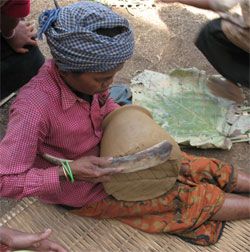
(Image courtesy of Dr. Leedom Lefferts)
Dr. Leedom Lefferts and Dr. Louise Allison Cort have kindly granted the Archaeology Unit permission to disseminate a collection of their papers regarding indigenous Southeast Asian pottery production for non-commercial research purposes. If you would like to use the information or ideas presented in the works below, please acknowledge the source through the use of proper academic citations.
Useful Research Documents
- “Present-day Village-based Production of Earthenware and Stoneware in Mainland Southeast Asia” by Louise Allison Cort and Dr. Leedom Lefferts (last updated 4th March, 2013)
This document is a provisional listing of indigenous earthenware and stoneware production sites surveyed thus far in Mainland Southeast Asia, including Peninsular Malaysia and Singapore, listed by country or region of country (in the case of Thailand). The surveys (which were conducted by the authors between 1992 and February 2013) examined and charted the production techniques seen at each site, in order to begin to formulate an understanding of the relationships and discontinuities across these different techniques.
Published Papers
- Lefferts, L. (2015). “Indigenous Ceramic Production in Mainland Southeast Asia: Earthenware and Stoneware in Thailand and Southern China.” (Korean and English), CIGB 2015 International Ceramics Colloquium, pp. 17-35.
- Cort, L. A., & Lefferts, L. (2013). “Jars in the Central Highlands of Mainland Southeast Asia.” In Klokke, M. J., and Degroot, V. (eds.), Materializing Southeast Asia: Selected Papers from the 12th International Conference of the European Association of Southeast Asian Archaeologists, Volume 2. Singapore: NUS Press, pp. 233-241.
- Cort, L. A. & Lefferts, L. (2012). “Pots and How They Are Made in Mainland Southeast Asia.” Transactions of the Oriental Ceramic Society 75: 1-15. [note: this was a special lecture given to the London Oriental Ceramic Society on 5th Oct., 2010 and represents an extensive summary of their knowledge and deductions to date.]
- Lefferts, L., & Cort, L. A. (2012). “Tai Potters Across Borders: Tracking Ceramic Technology in Southern Yunnan and Northern Thailand.” In Tjoa-Bonatz, M. L., Reinecke, A. and Bonatz, D. (eds.), Crossing Borders: Selected Papers from the 13th International Conference of the European Association of Southeast Asian Archaeologists, Volume 1. Singapore: NUS Press, pp. 362-374. [note: this is the English version of the “Pottery production in Sipsong Pan Na” article]
- Cort, L., & Lefferts, L. (2012). “Pottery production in Sipsong Pan Na – a view from the south.” Minzu Xubao / Yunnan Nationalities University Journal of Ethnic Studies 9, pp. 191-209 (in Mandarin; trans. by Wang Yawen)
- Lefferts, L., & Cort, L. A. (2010). “Where did the Oy of Baan Choumphouy get their pot-making from?” In Adams, K. L. & Hudak, T. J. (eds.),Multidisciplinary Perspectives on Lao Studies. Tempe, AZ: Southeast Asian Council, Center for Asian Research, Arizona State University, pp.165-181.
- Lefferts, L., & Cort, L. A.. (2008). “Gender and ethnicity in contemporary village-based ceramics production in Thailand.” In Boonyalop, K. (ed.),Humanity and Ceramics: From Past to Present 66. Bangkok: Princess Maha Chakri Sirindhorn Anthropology Research Centre, pp. 153-200 (in English and Thai).
- Lefferts, L., & Cort, L. A. (2008). “Water and Fire – Farming and Ceramics – on Phnom Kulen: Putting People into Angkor”. In Bacus, E. A., Glover, I.C., and Sharrock, P.D. (eds.), Interpreting Southeast Asia’s Past: Monument, Image and Text. Singapore: National University of Singapore Press, pp. 286-295.
- Cort, L., & Lefferts, L. (2005). “Not Primitive, Certainly Not Simple: Women’s Earthenware Production in Mainland Southeast Asia”. The Journal of the Asian Arts Society of Australia 14(4):7-9.
- Lefferts, L., & Cort, L. A. (2003). “A Preliminary Cultural Geography of Contemporary Village-based Earthenware Production in Mainland Southeast Asia.” In Miksic, J. (ed.), Earthenware in Southeast Asia. Singapore: Singapore University Press, pp. 300-310.
- Narasaki, S., Lefferts, L., & Cort, L. A. (2000). “A Regional Survey of Present-Day Earthenware and Stoneware Production in Mainland Southeast Asia.” Seto-shi Maizo Bunkazai Sentaa Kenkyu Kiyo (Seto Municipal Archaeological Center Research Report) 8:105-192. (English translation 2006)
- Cort, L. A., & Lefferts, L. (2000). “Khmer Earthenware in Mainland Southeast Asia: An Approach through Production”. Udaya Journal of Khmer Studies 1(1):48-68.
- Lefferts, L., & Cort, L. A. (2000). “An Approach to the Study of Contemporary Earthenware Technology in Mainland Southeast Asia.” Journal of the Siam Society 88(1 & 2):204-211.
- Lefferts, L., & Cort, L.A. (1999). “Women at the Center of an Industrializing Craft: Earthenware Pottery Production in Northeast Thailand”. Museum Anthropology 23(10):21-32.
- Lefferts Jr. , H. L., & Cort, L. (1997). “Little Things Mean A Lot: Pots and Cloth in Northeast Thailand”. Journal of the Siam Society 85(1-2):9-15.
- Lefferts, L. (1988). “Contemporary Burmese Earthenware”. Crossroads 4(1):121-127.
Contributors
Louise Allison Cort is Curator for Ceramics at the Freer Gallery of Art and Arthur M. Sackler Gallery, Smithsonian Institution.
Dr. Leedom Lefferts is Professor Emeritus at the Department of Anthropology, Drew University (retired May 2004) and a Research Associate at the Department of Anthropology, Smithsonian Institution. Leedom Lefferts has conducted ethnographic fieldwork in Thailand and other Southeast Asian nations since 1970. He has published on changing household and village living patterns under directed development, ecological systems, material culture – specifically textiles and indigenous ceramic production, and, most recently in Buddhist Storytelling, regional manifestations of Theravada Buddhism in Northeast Thailand and Laos.





